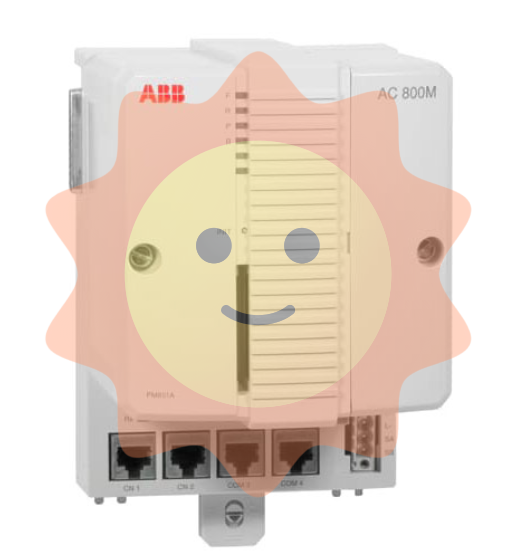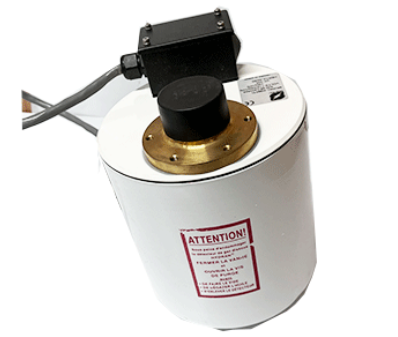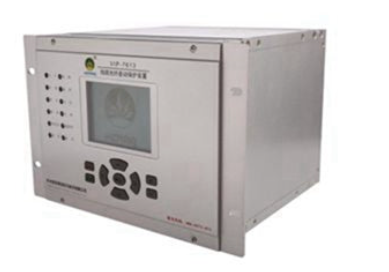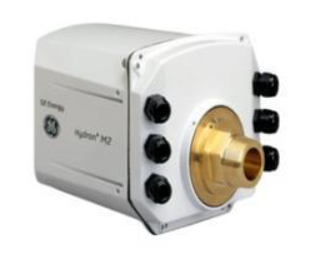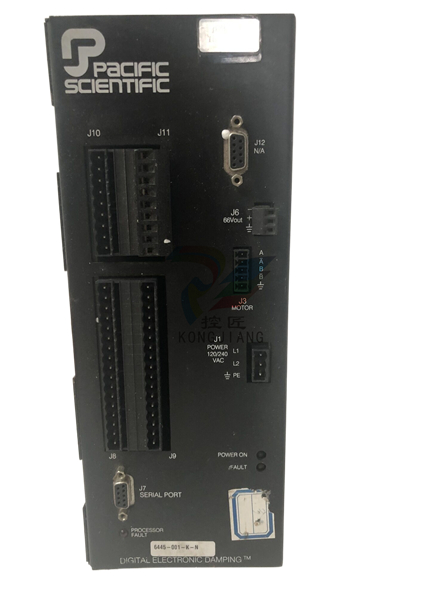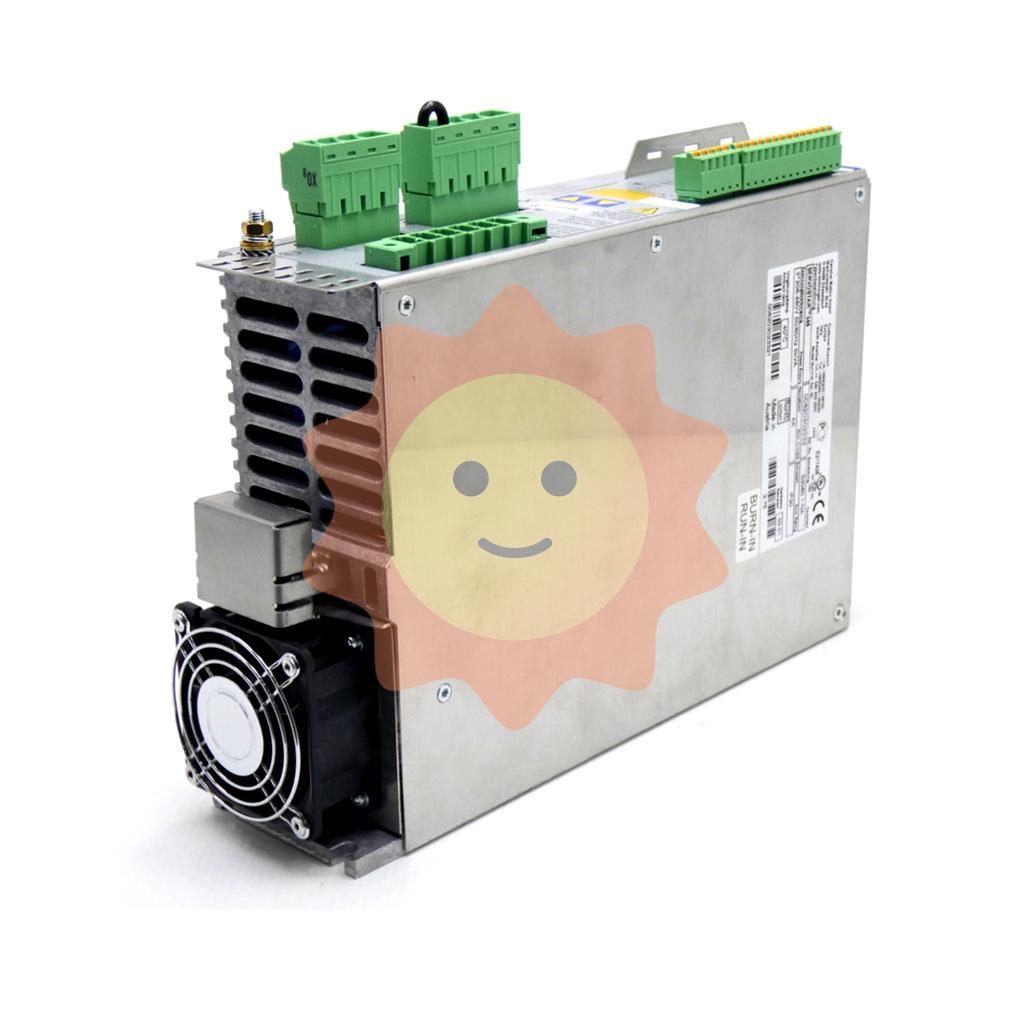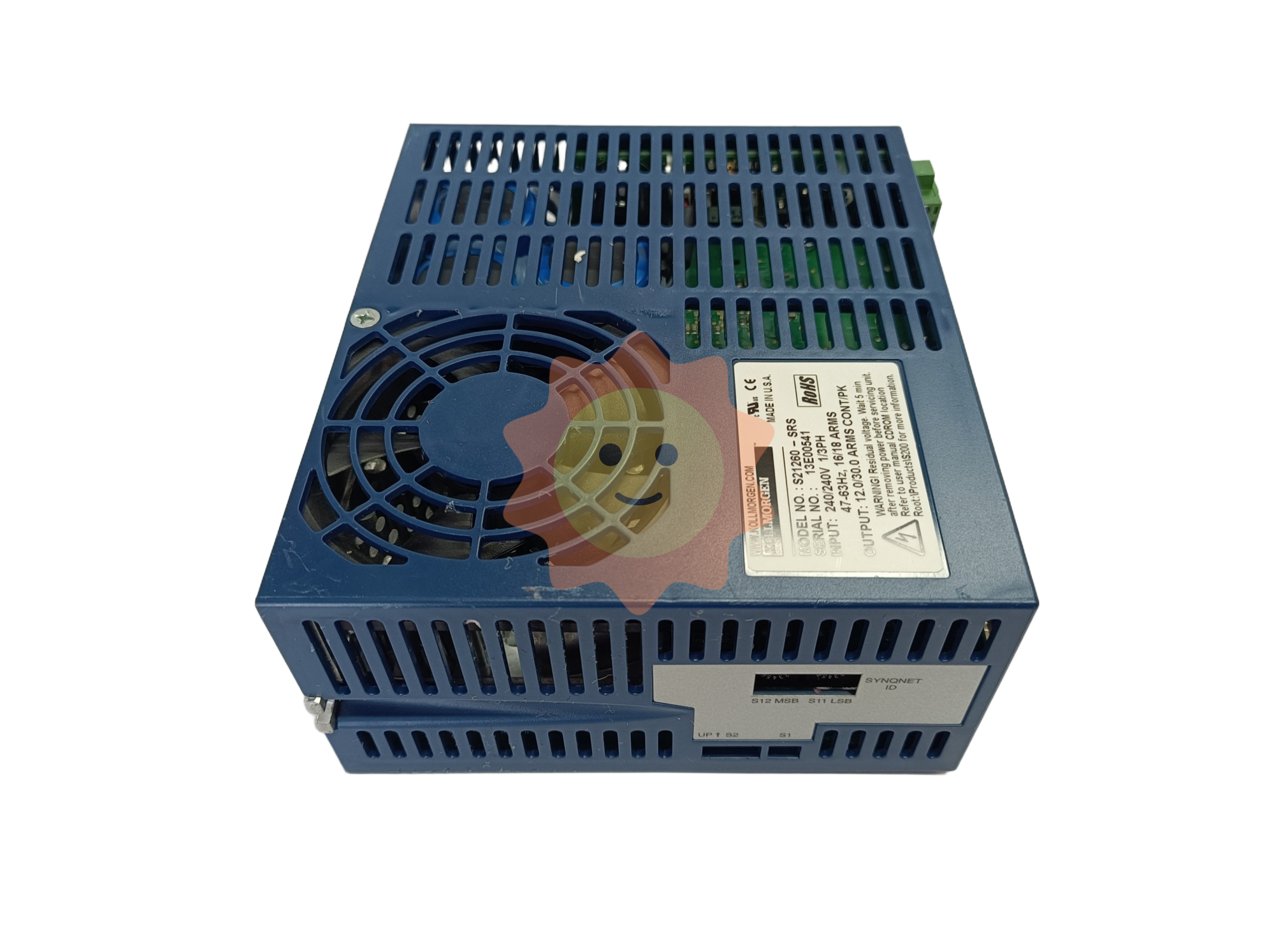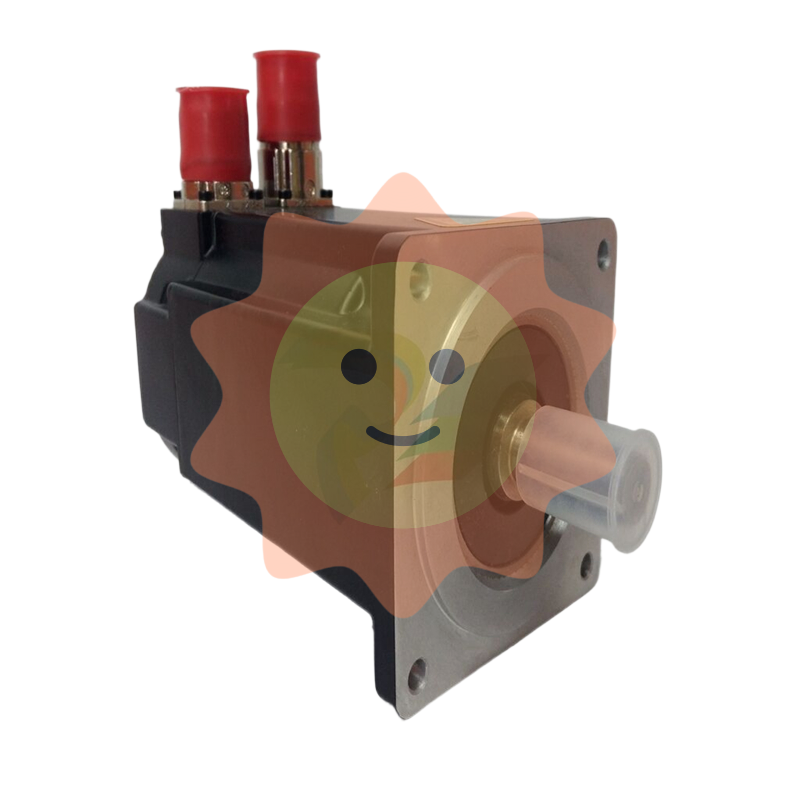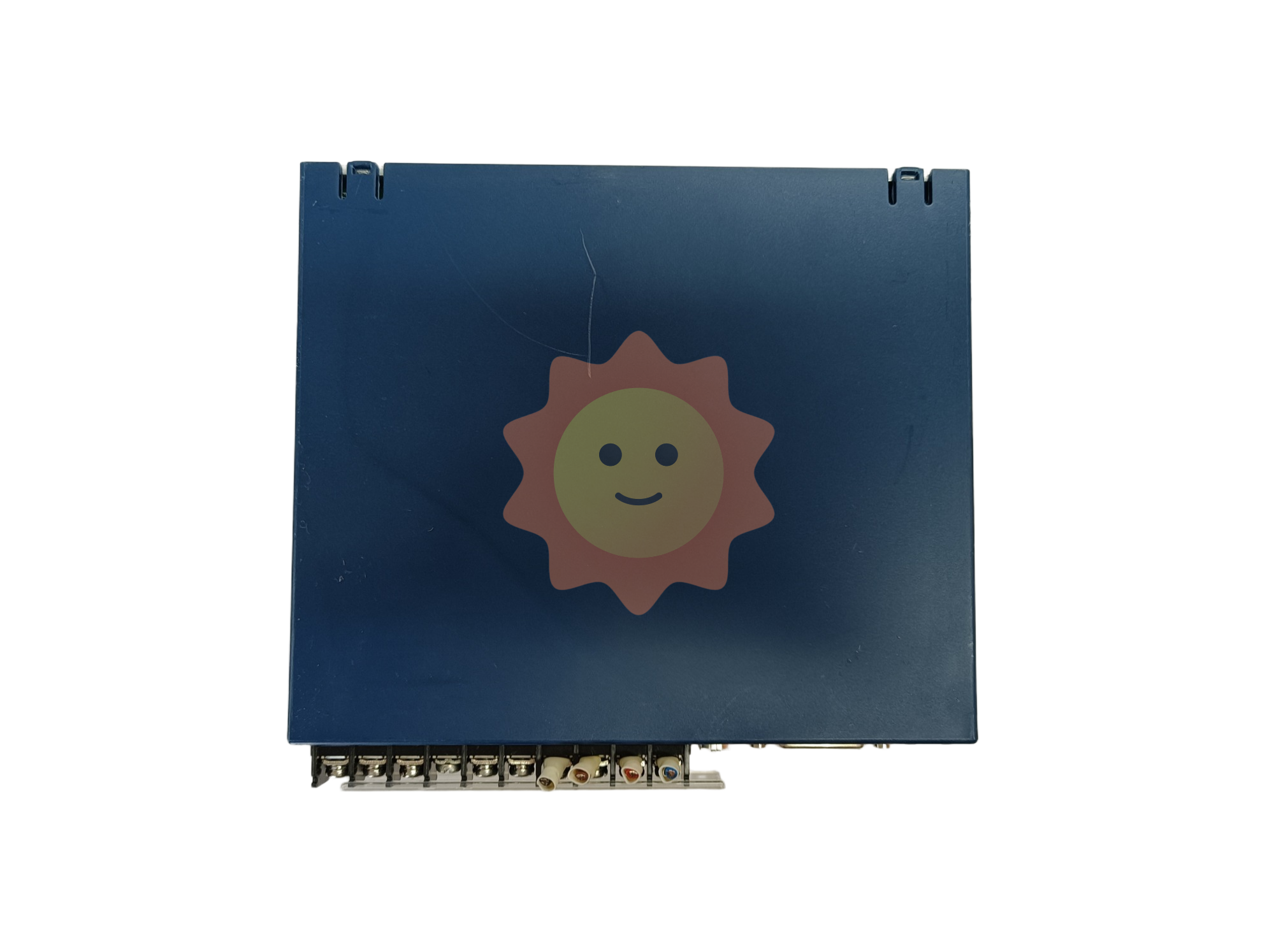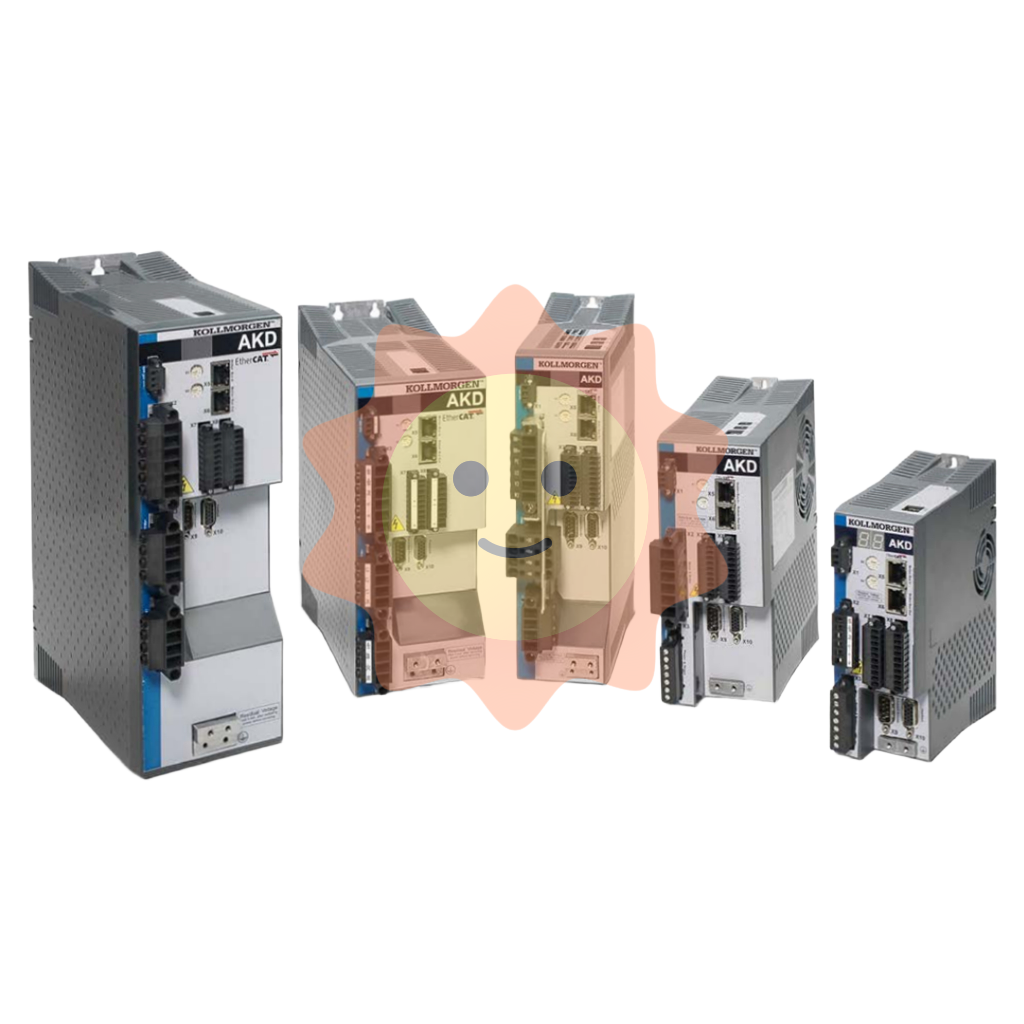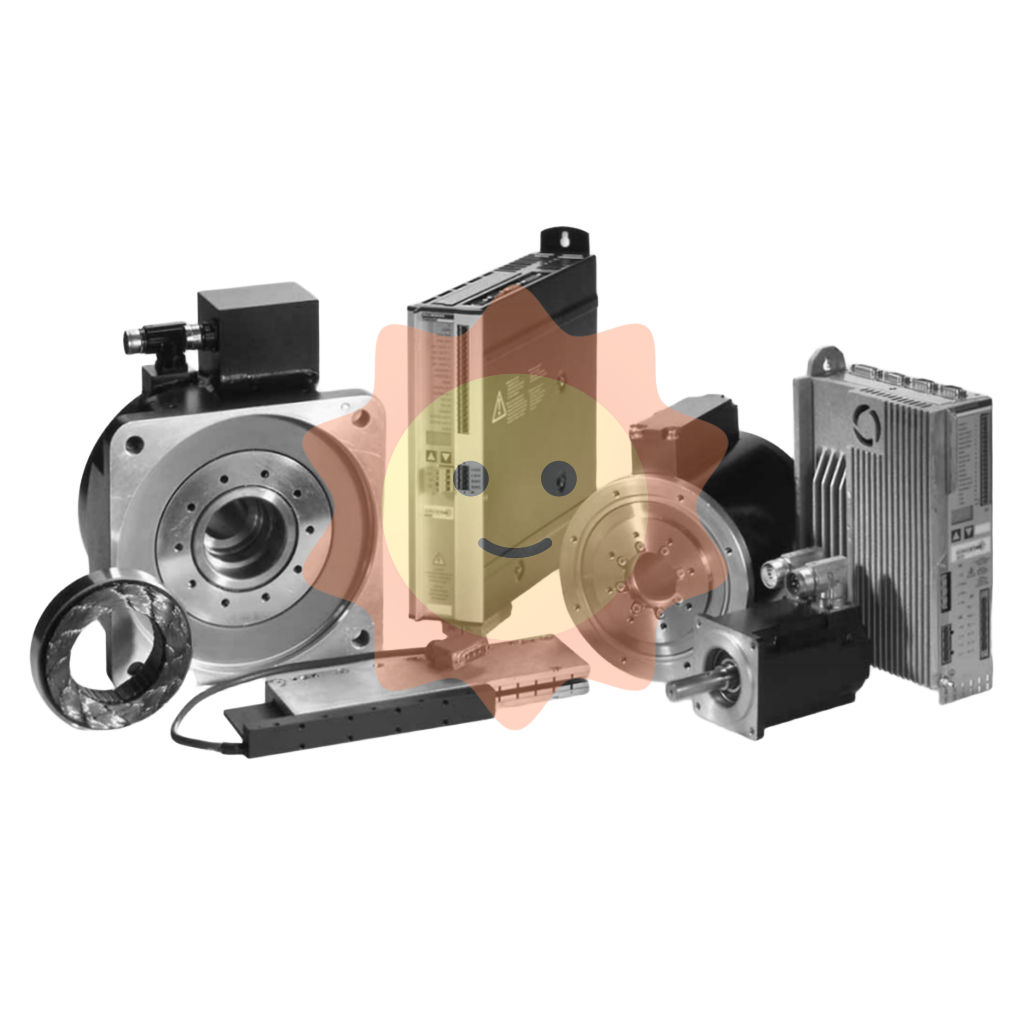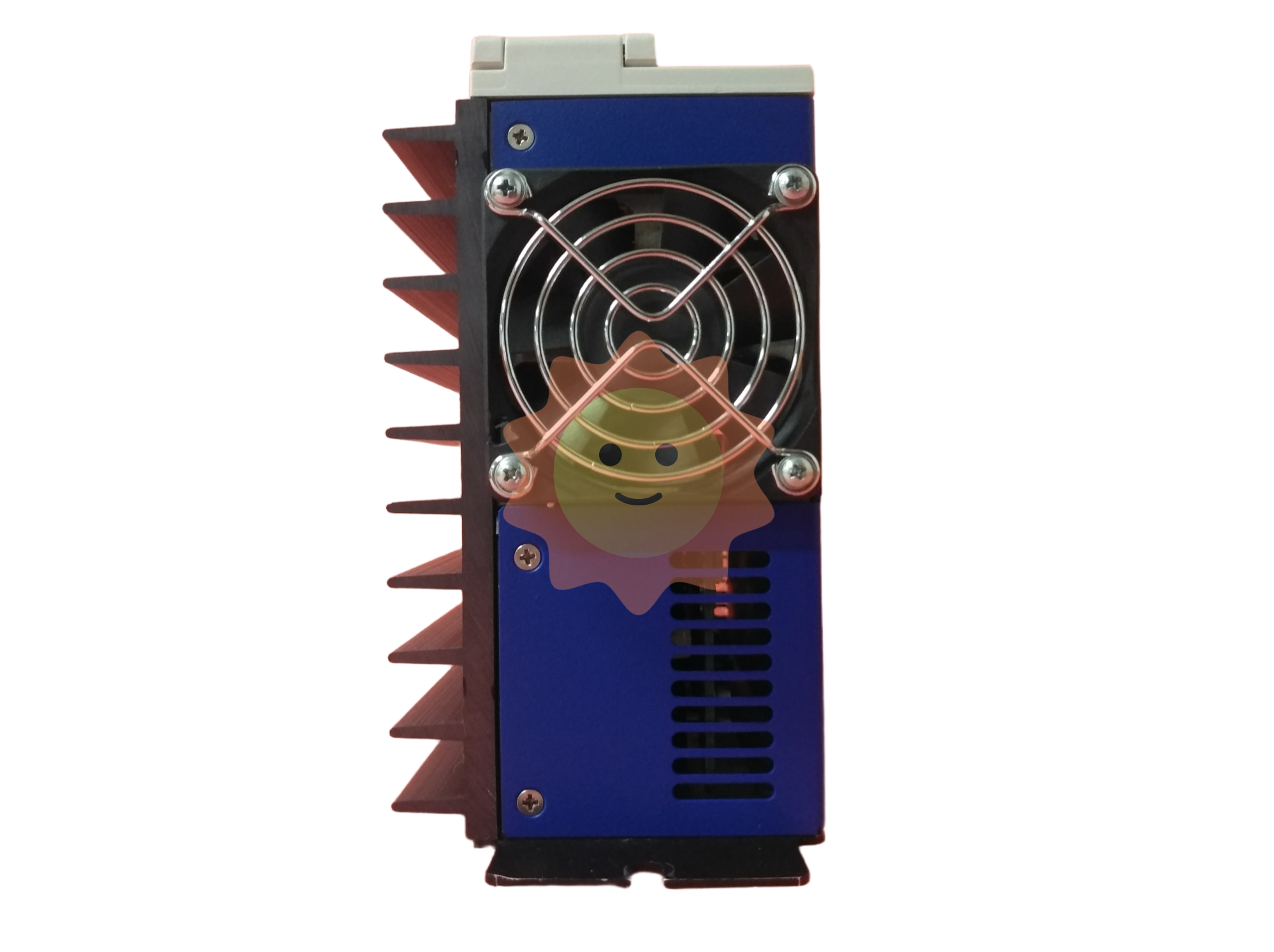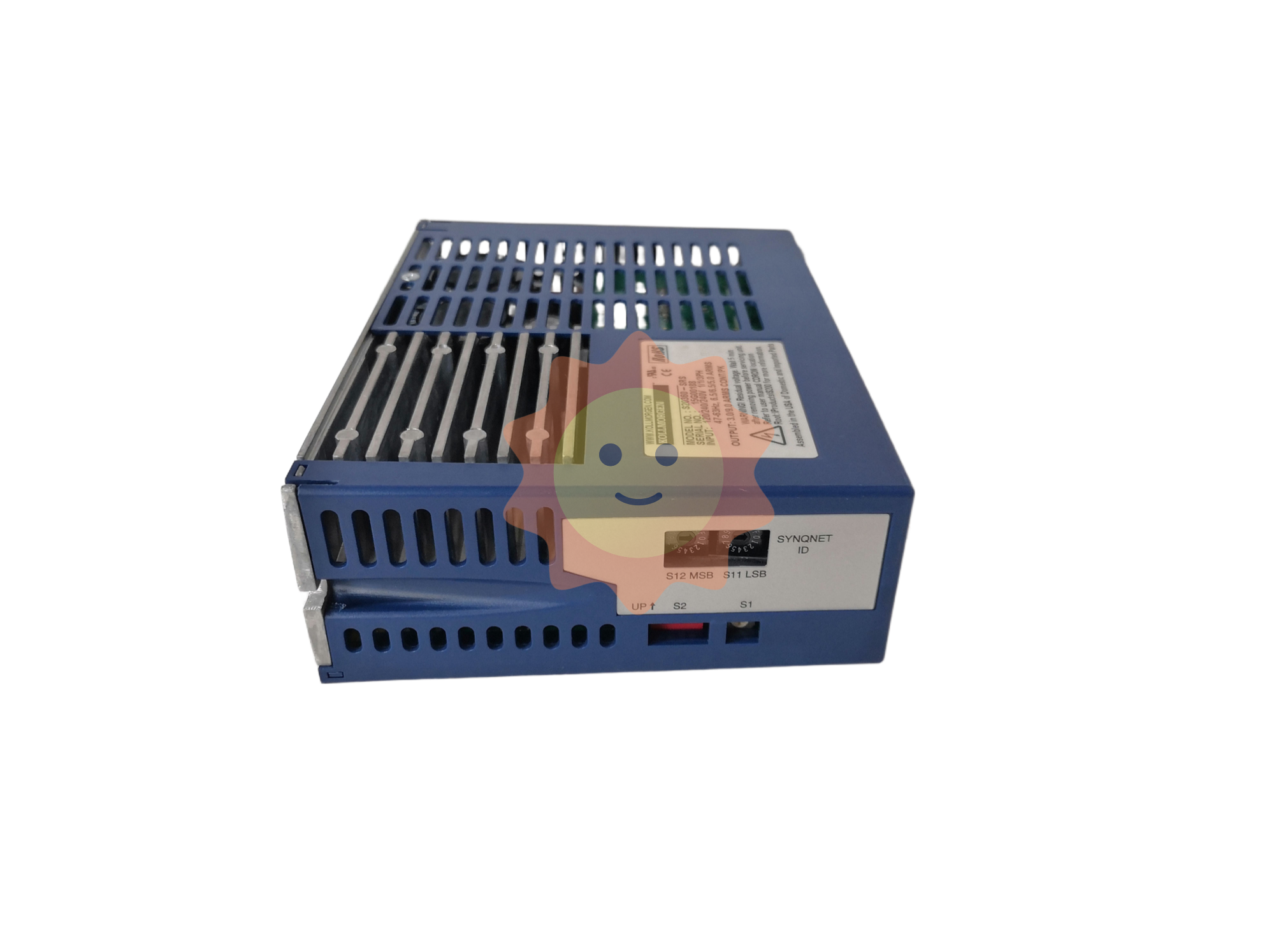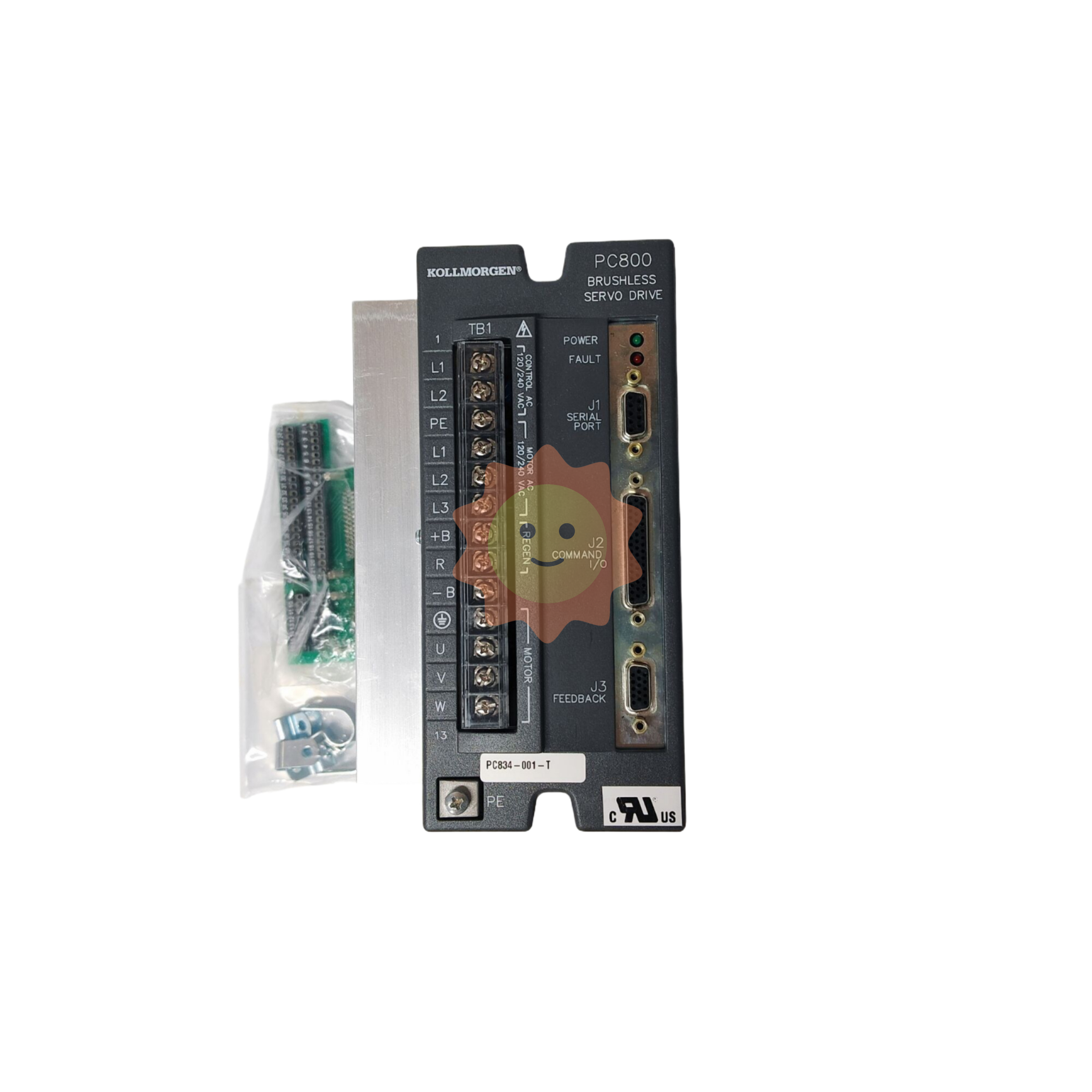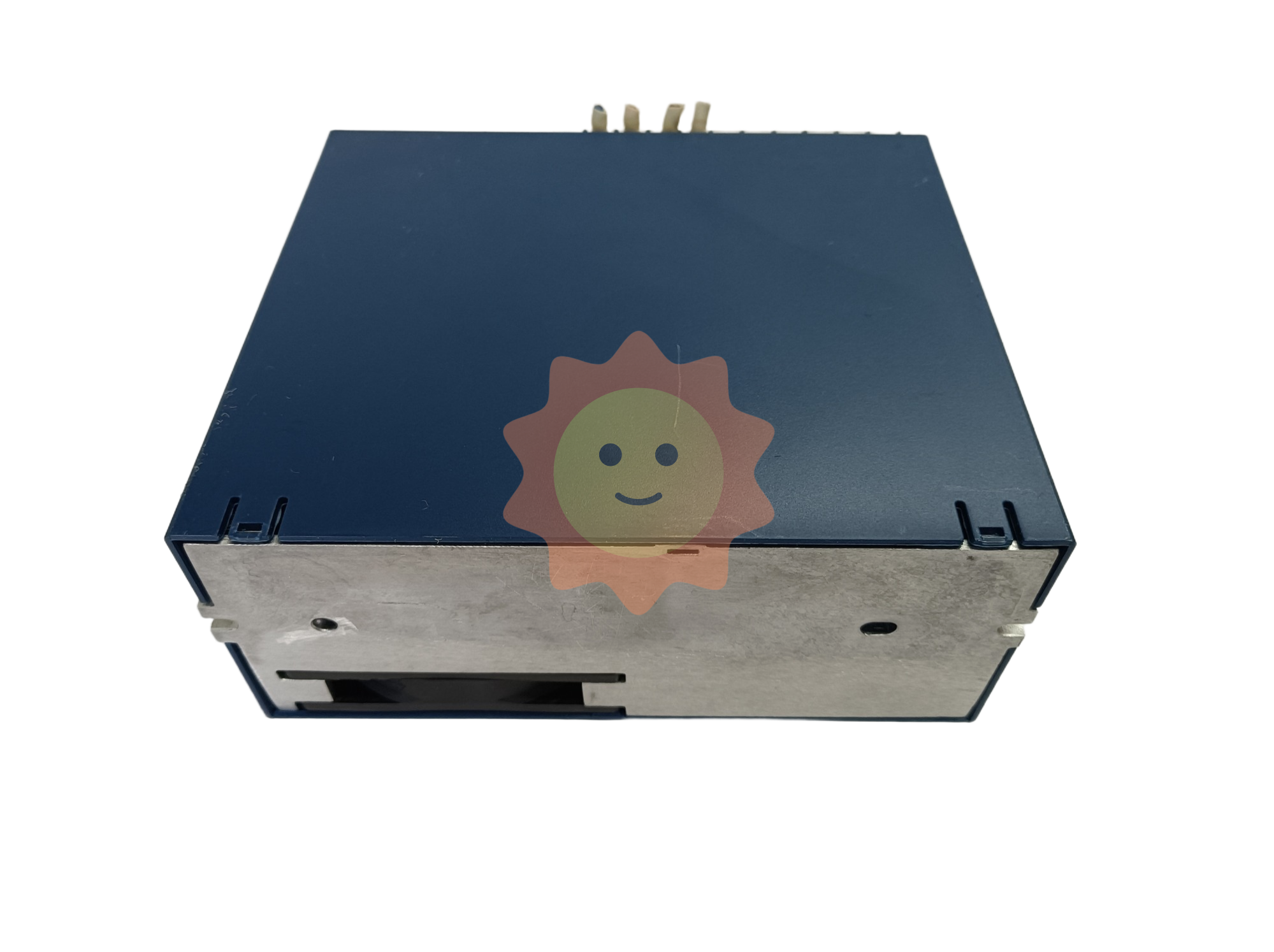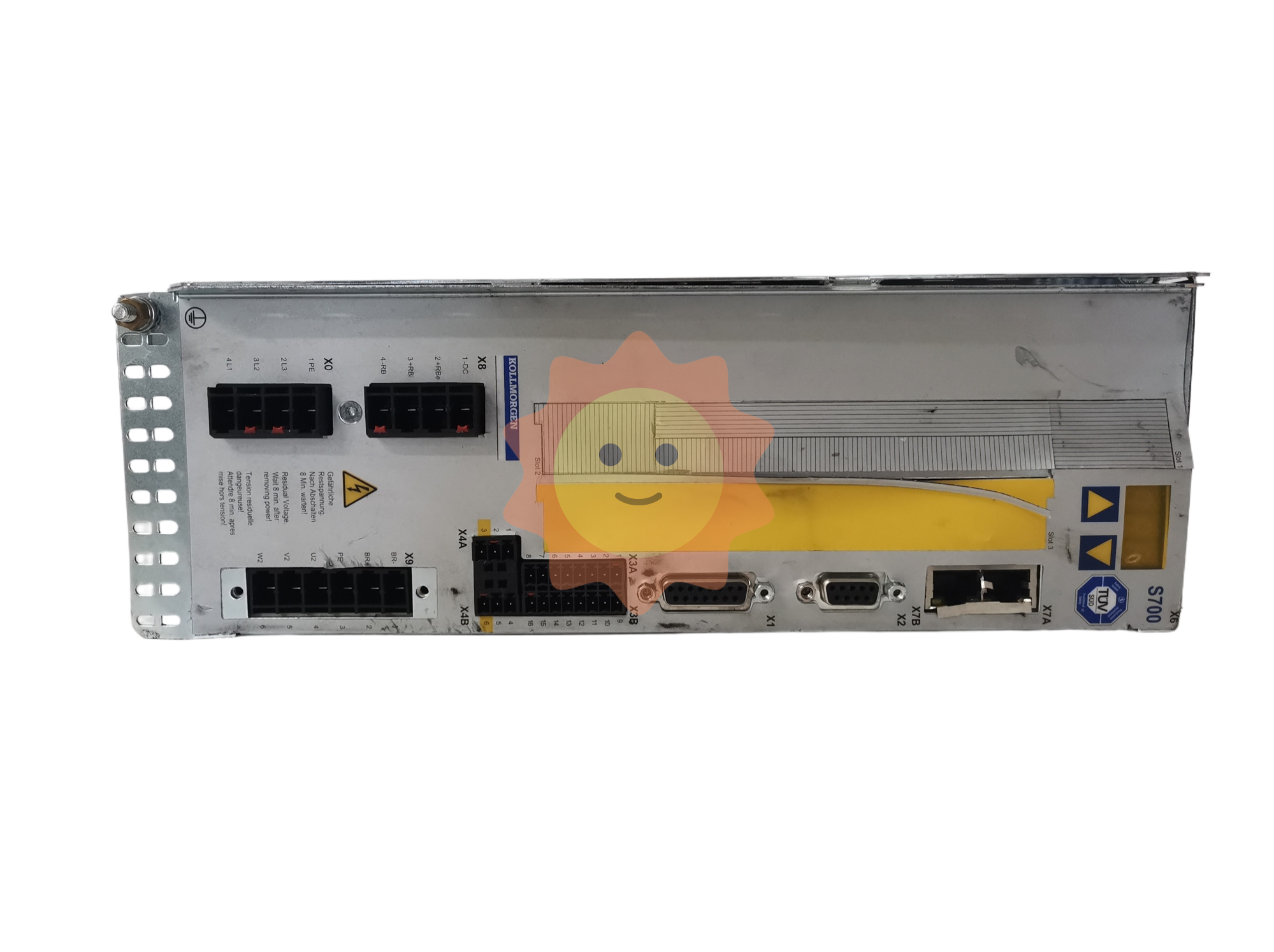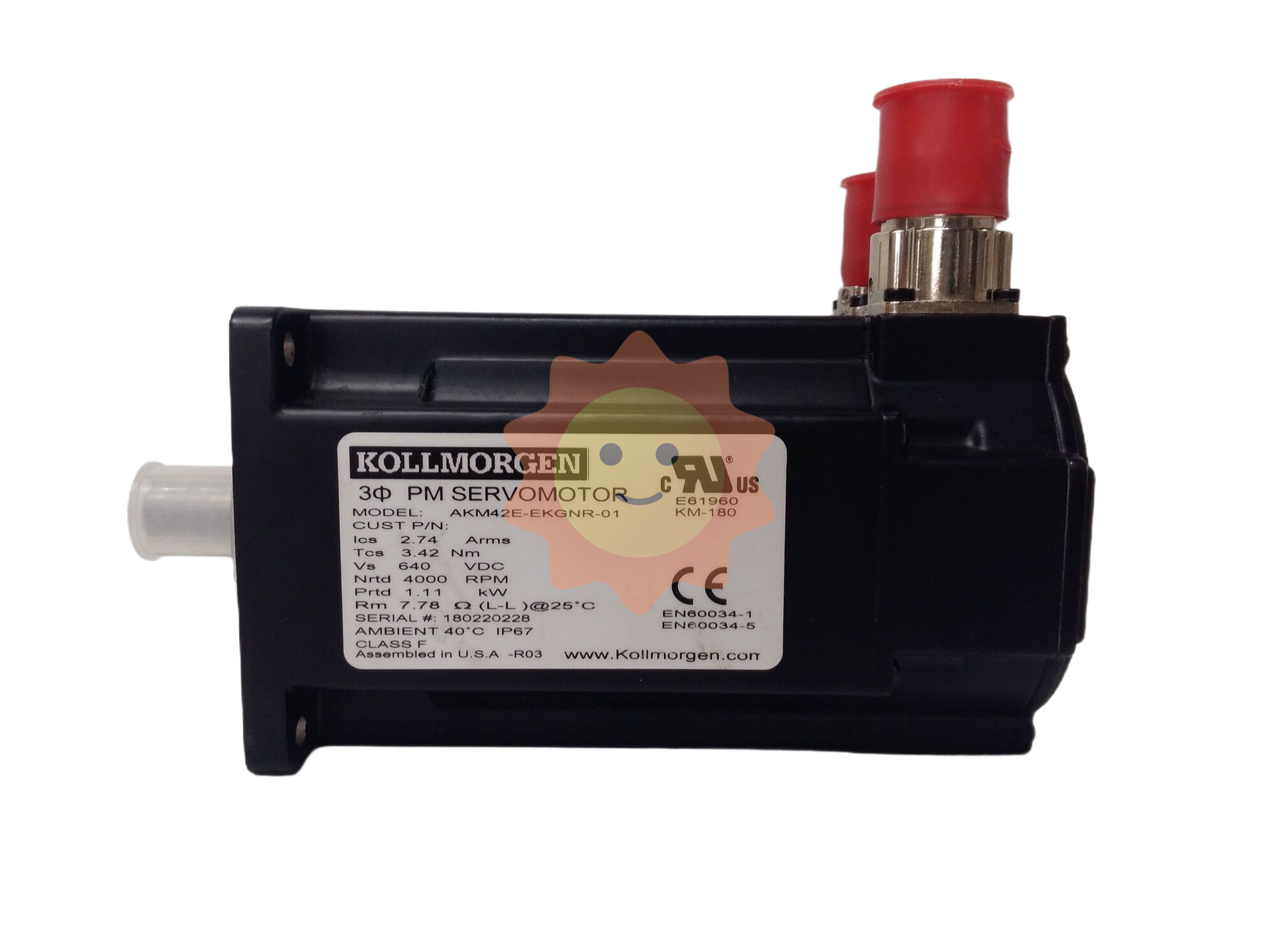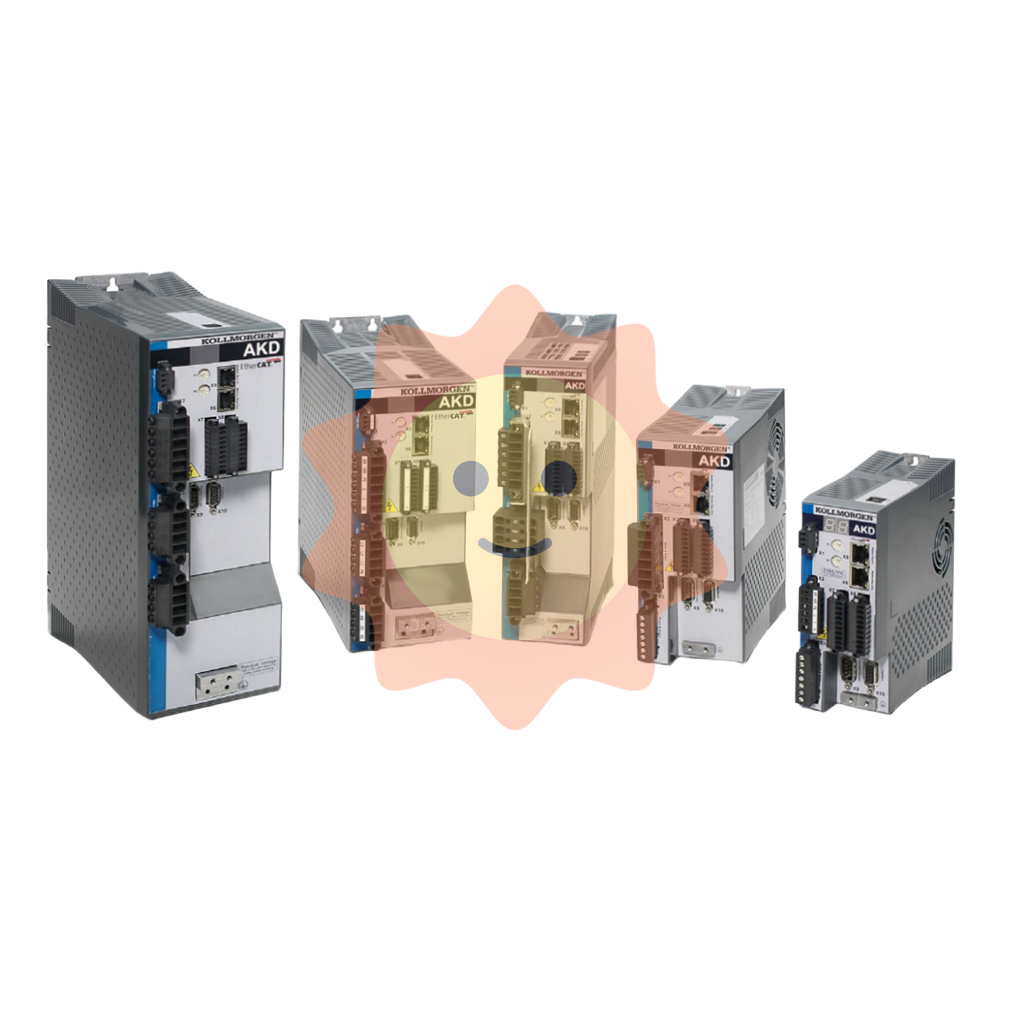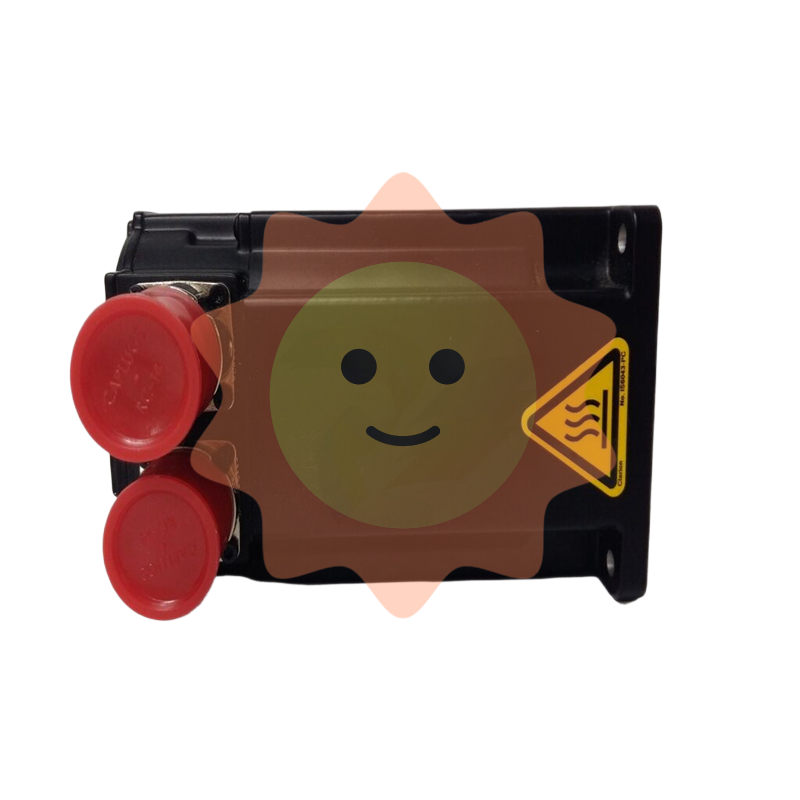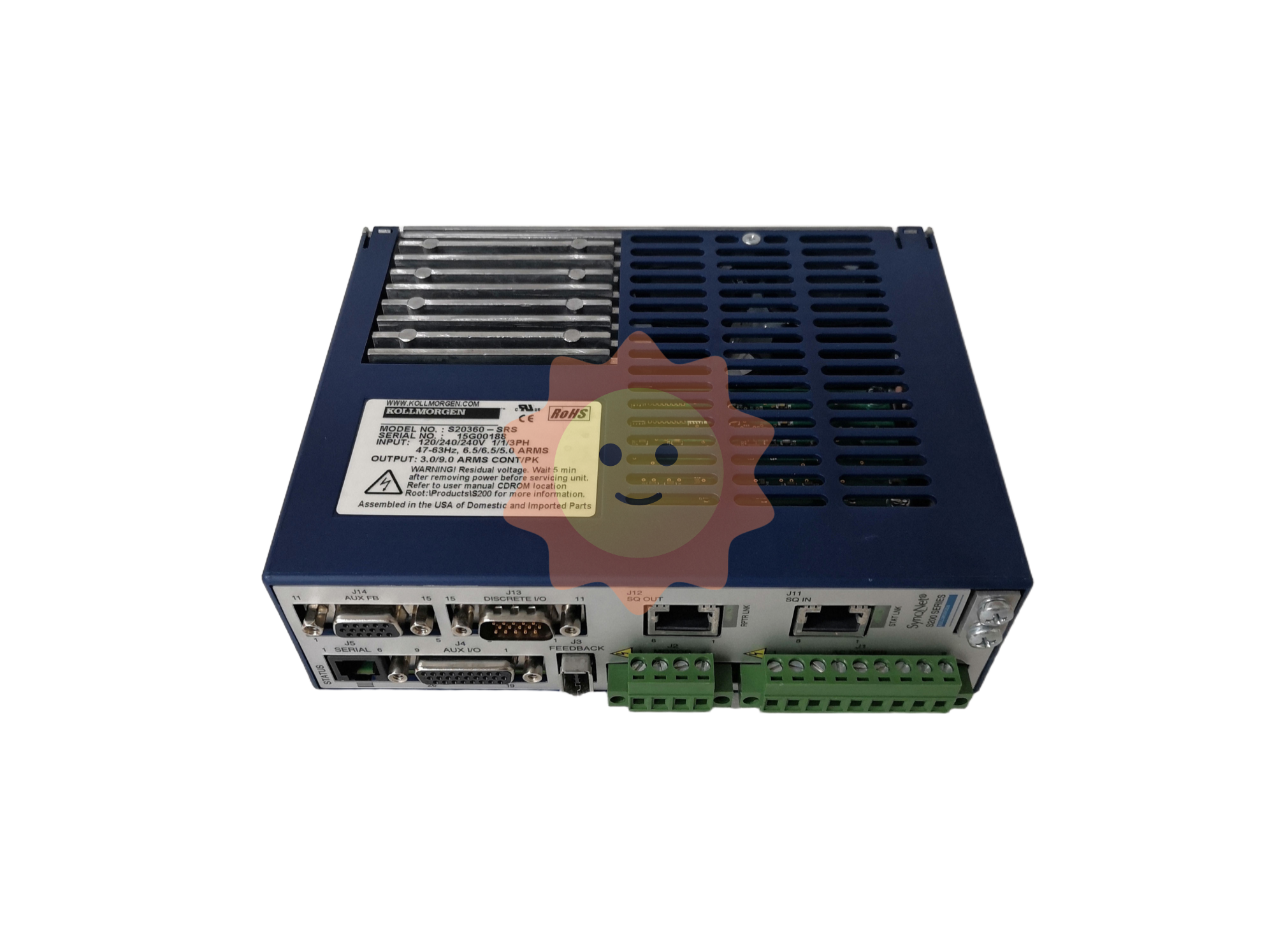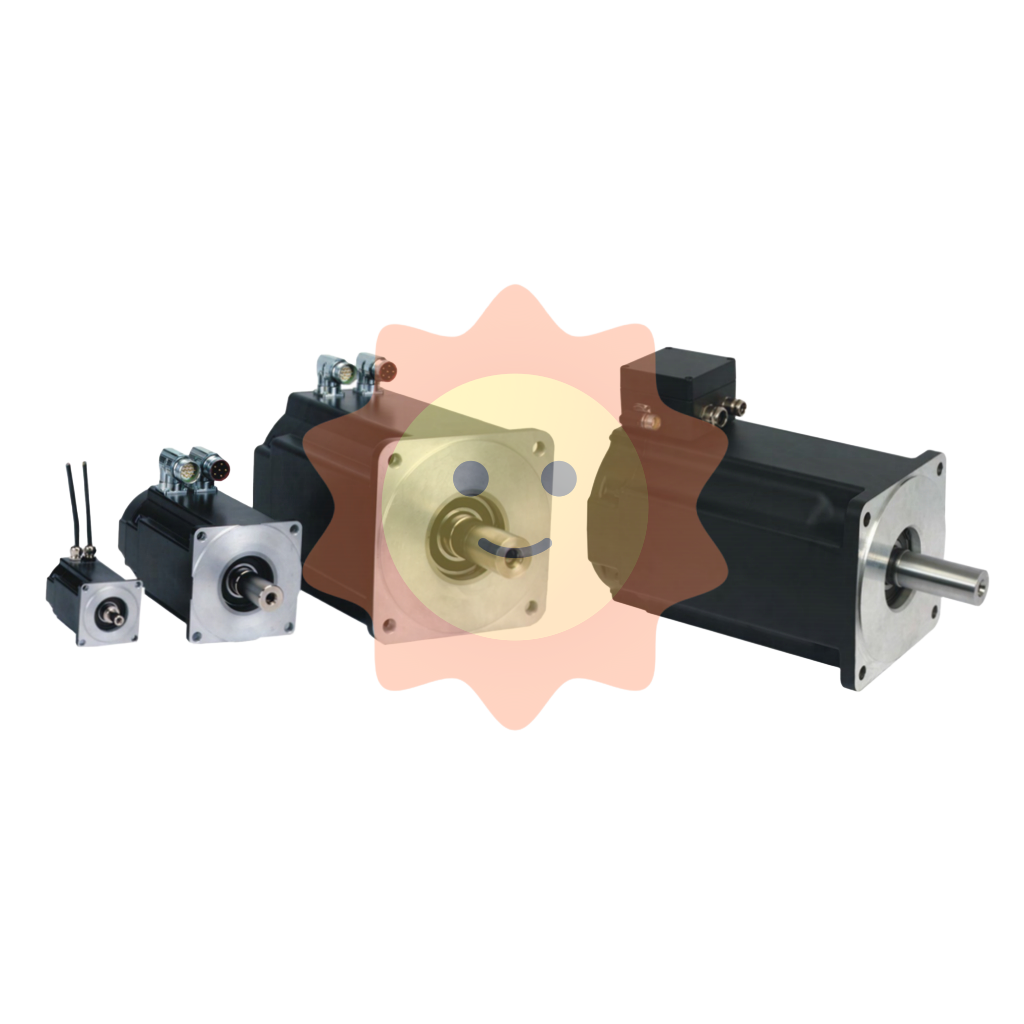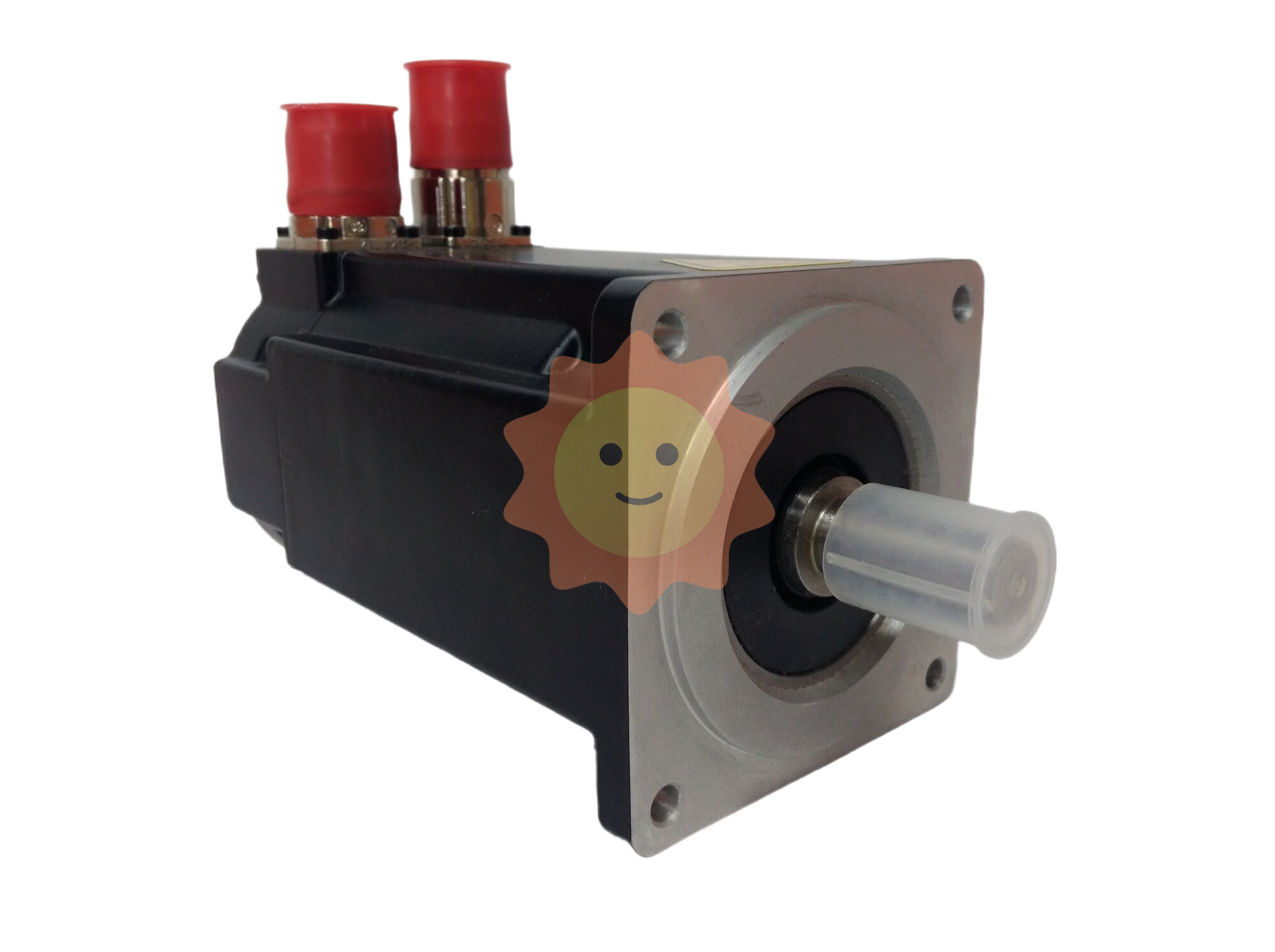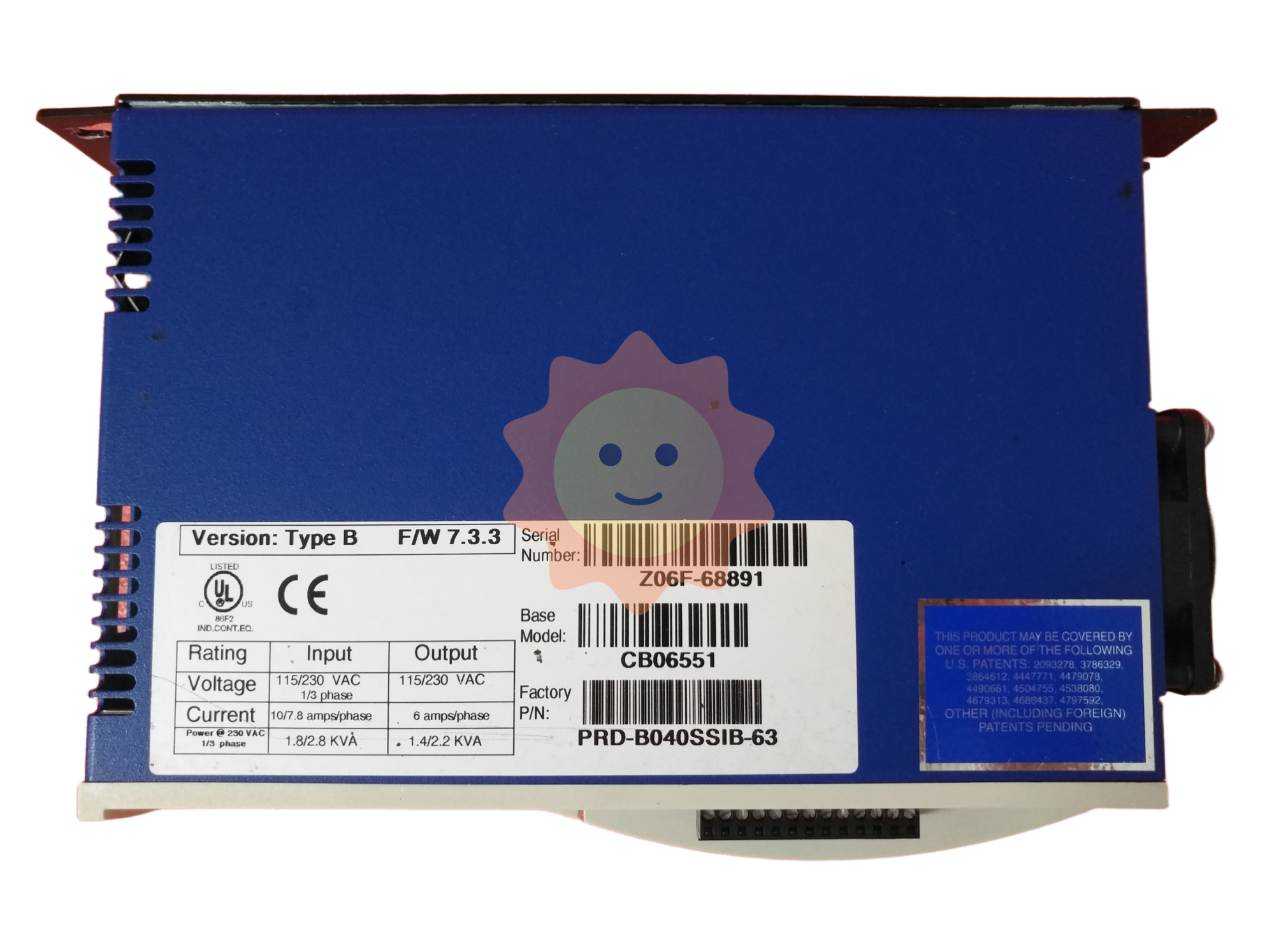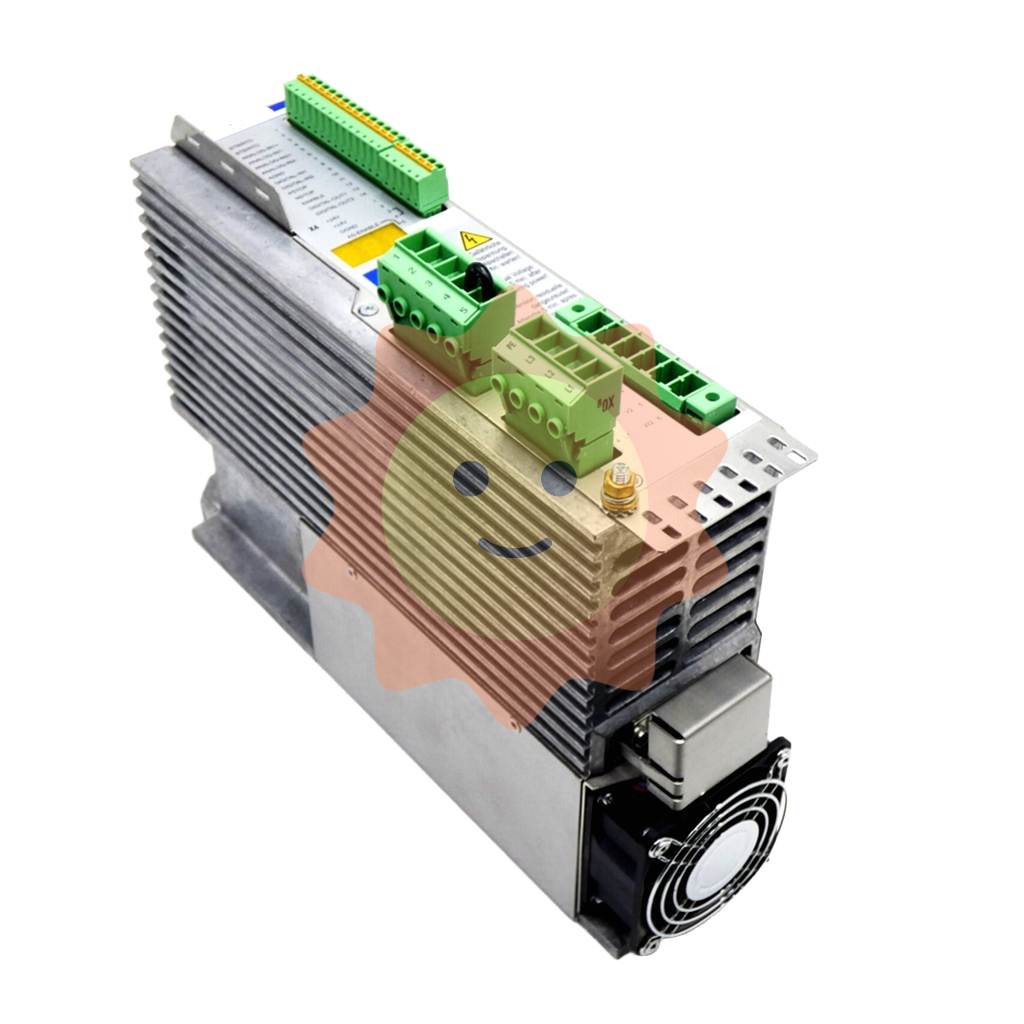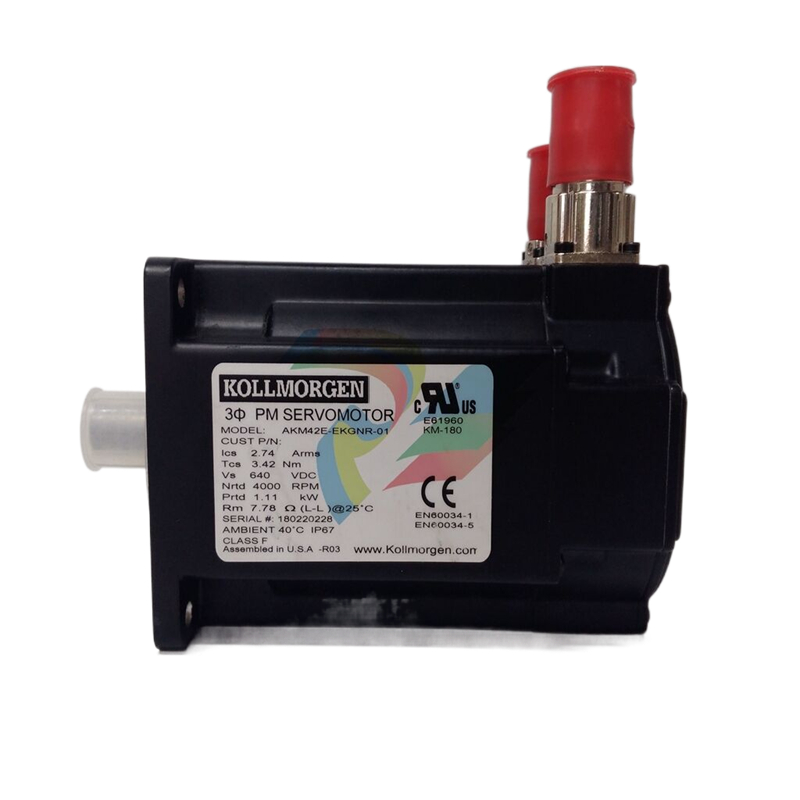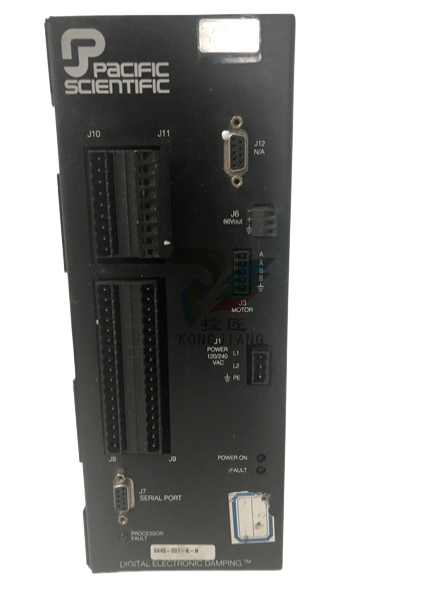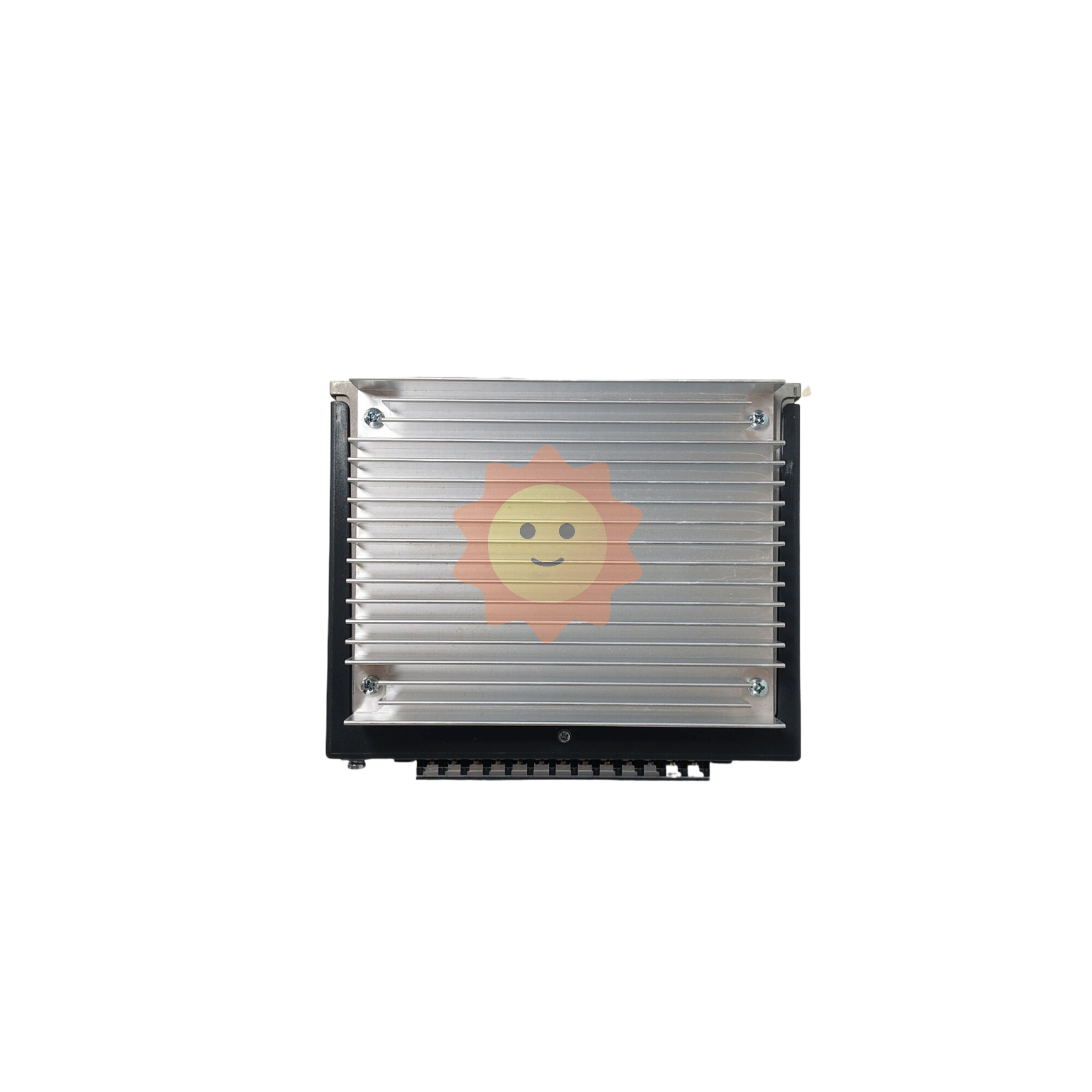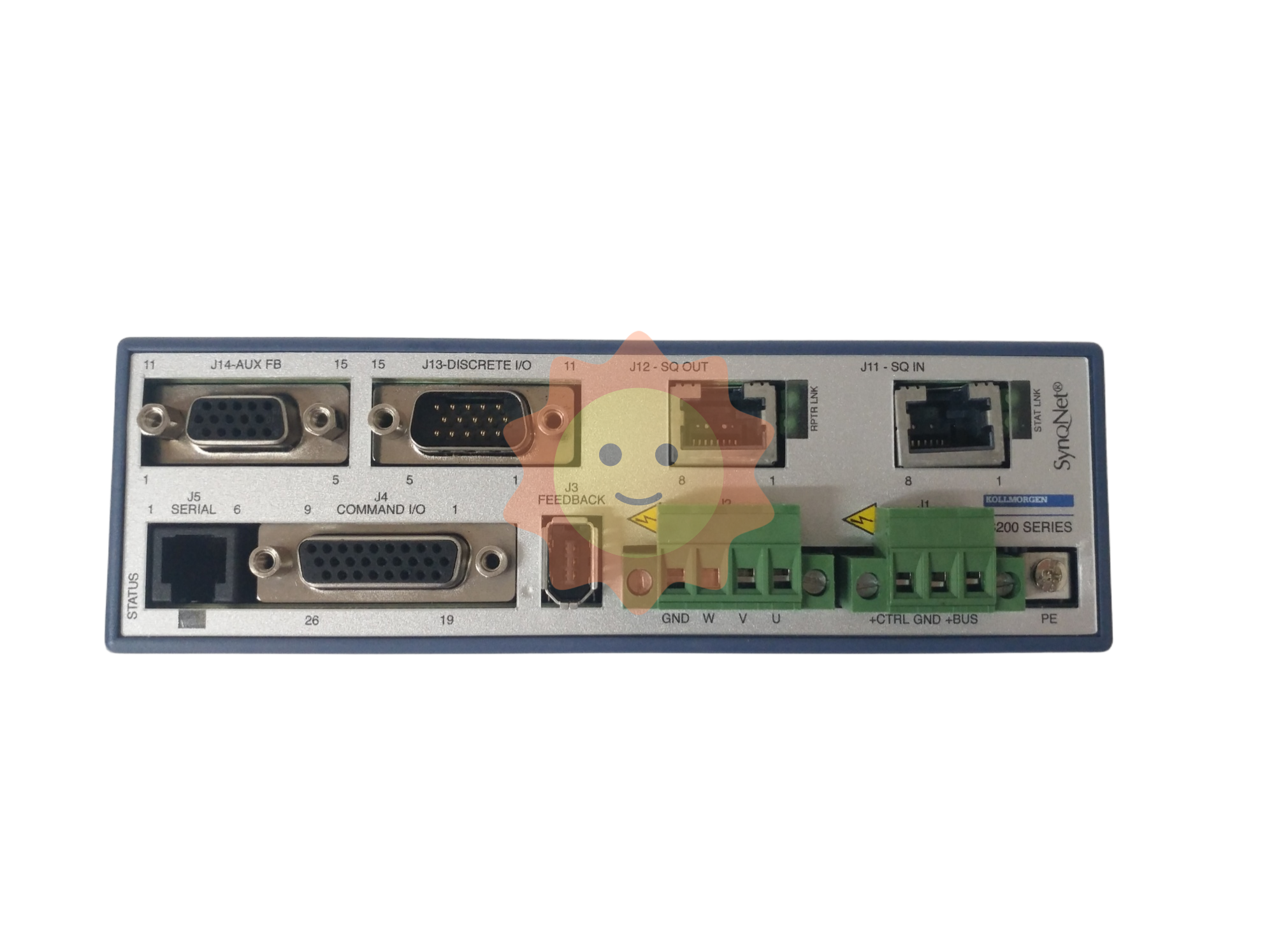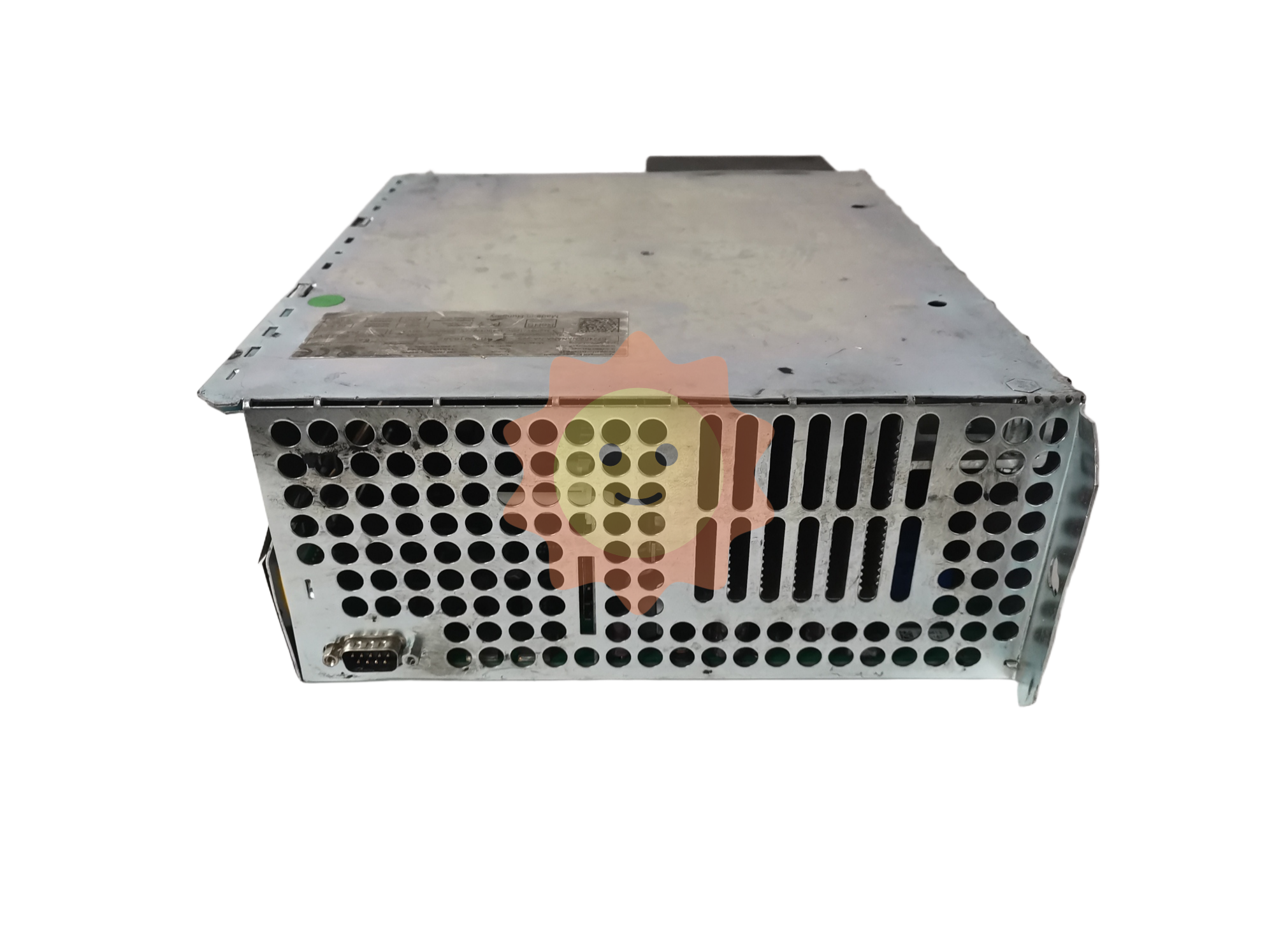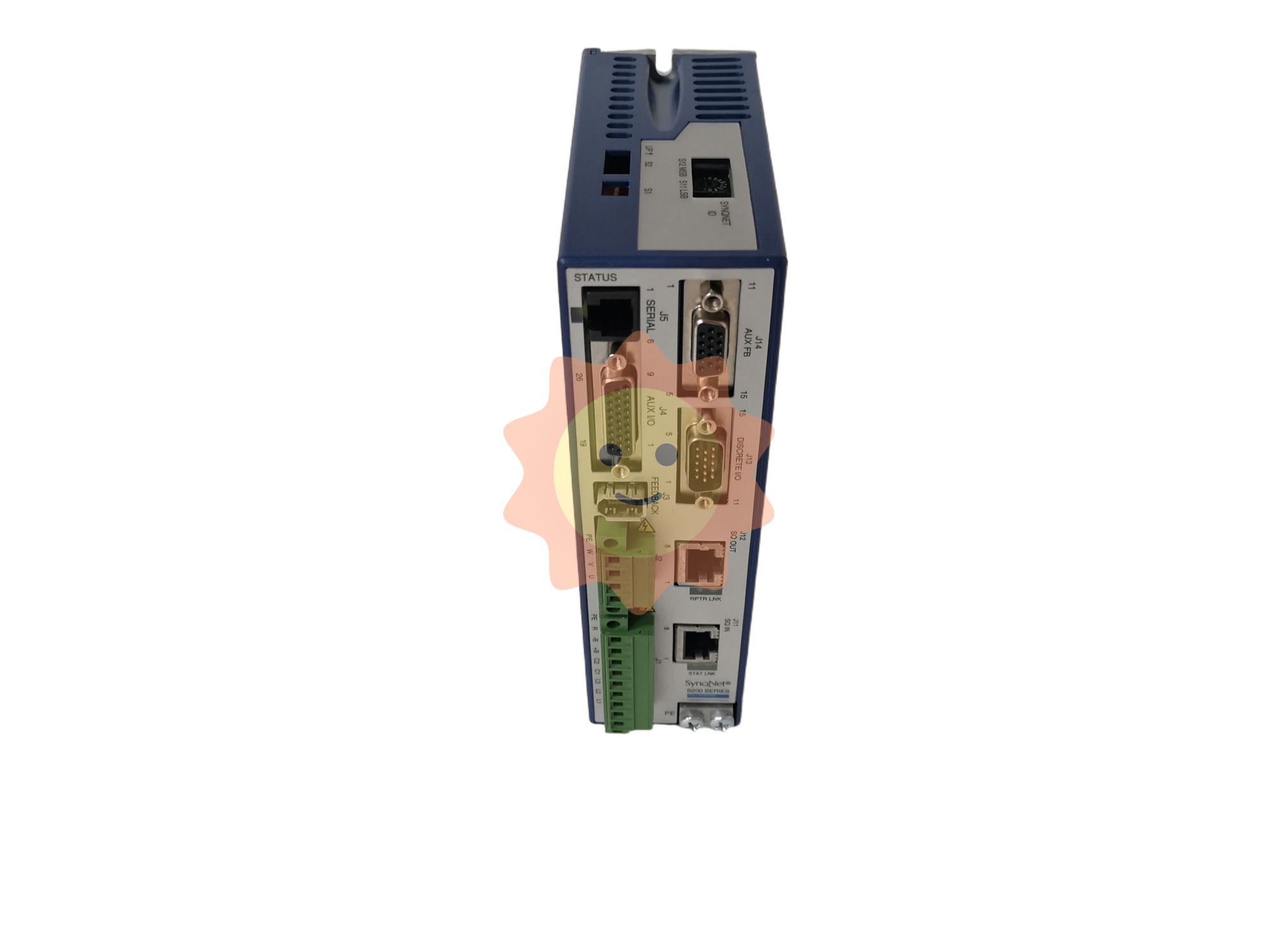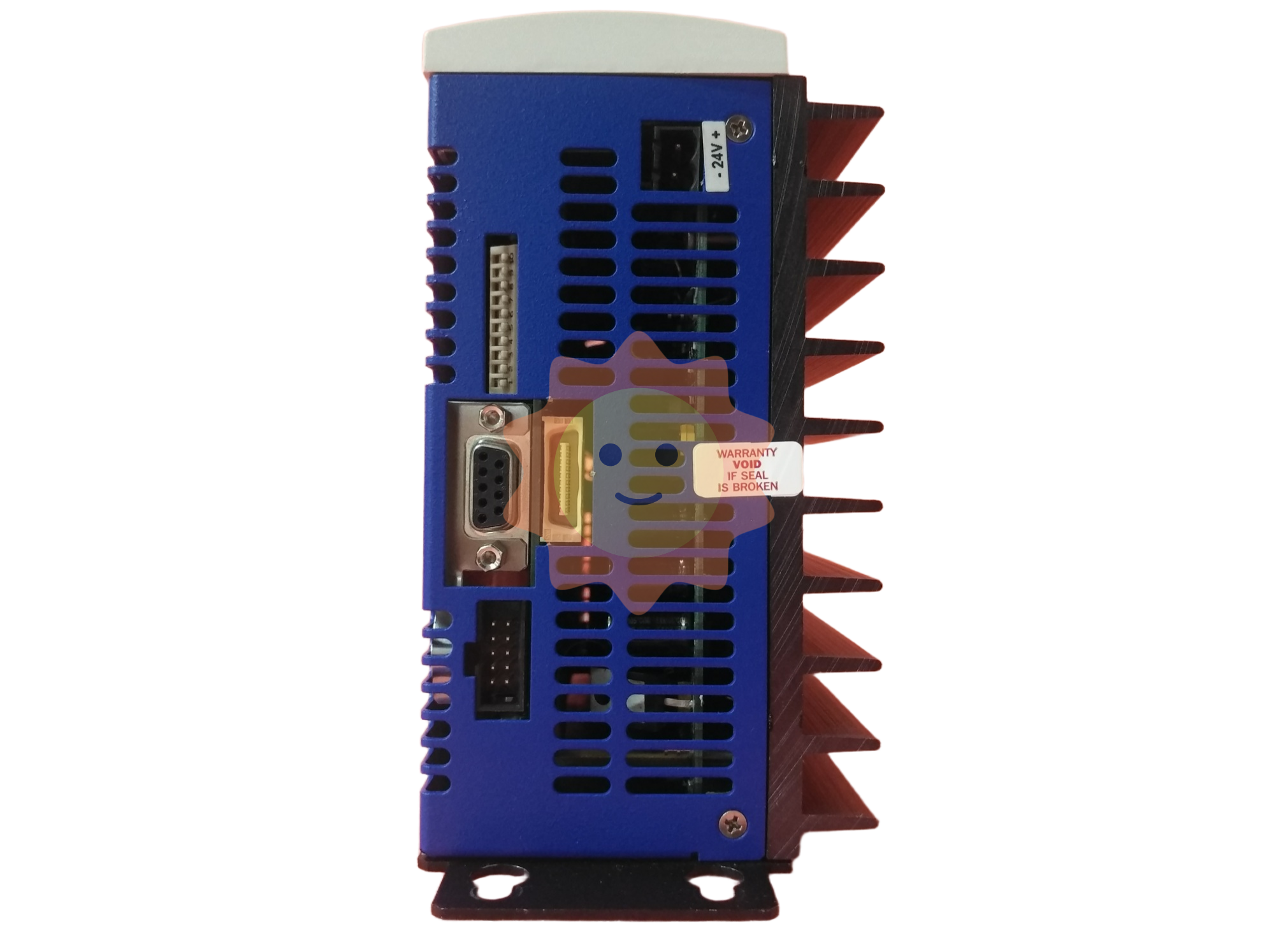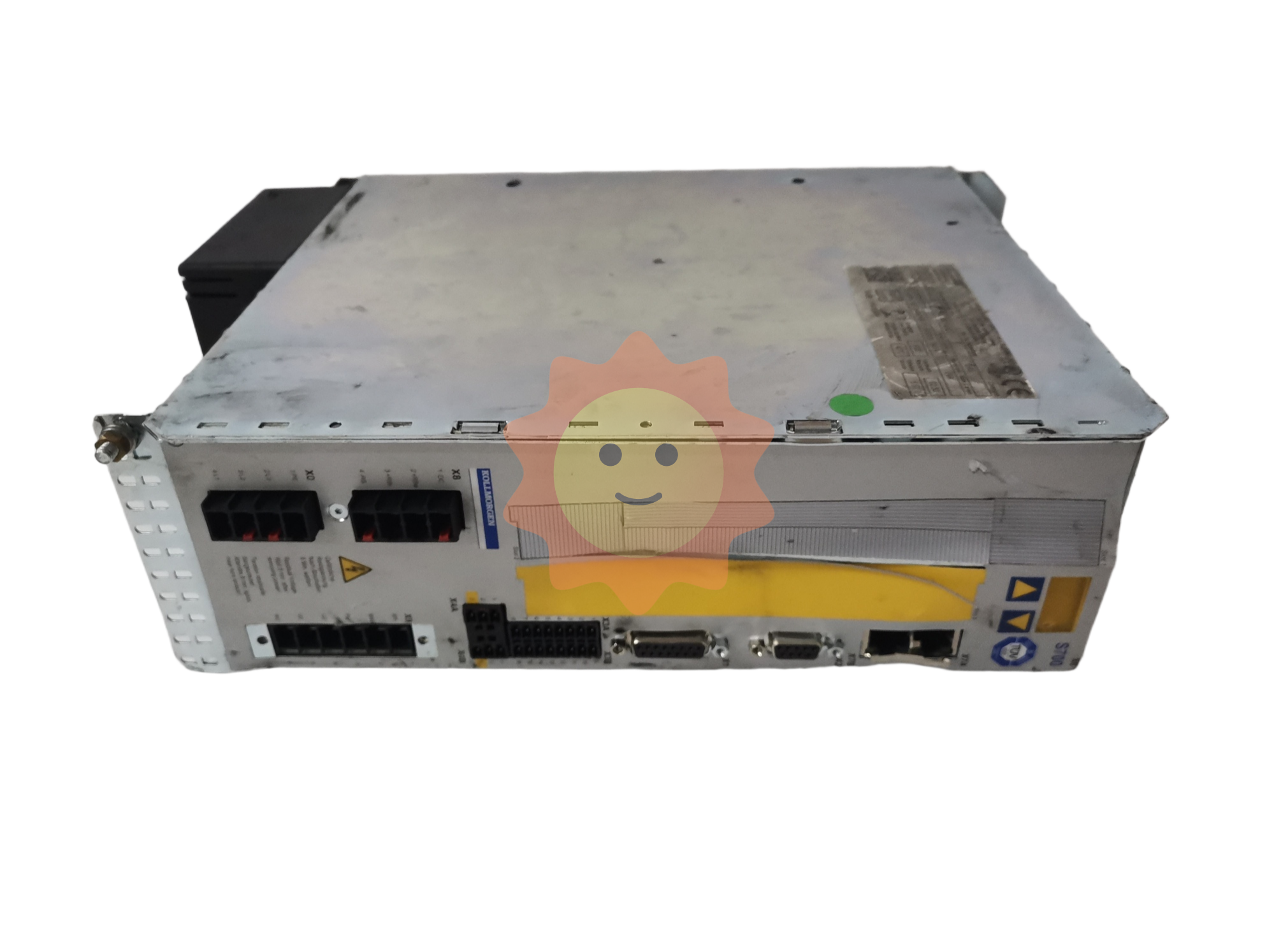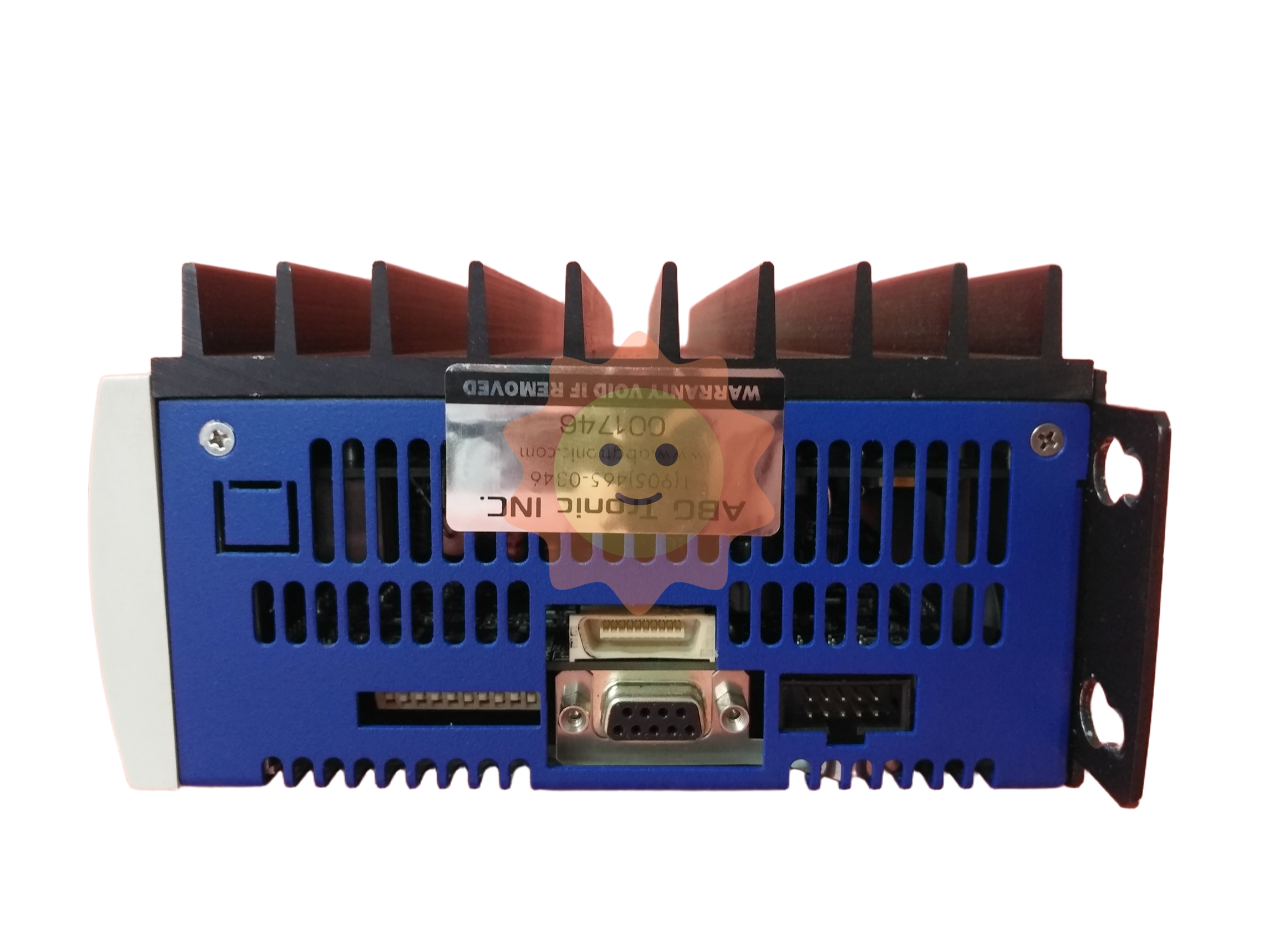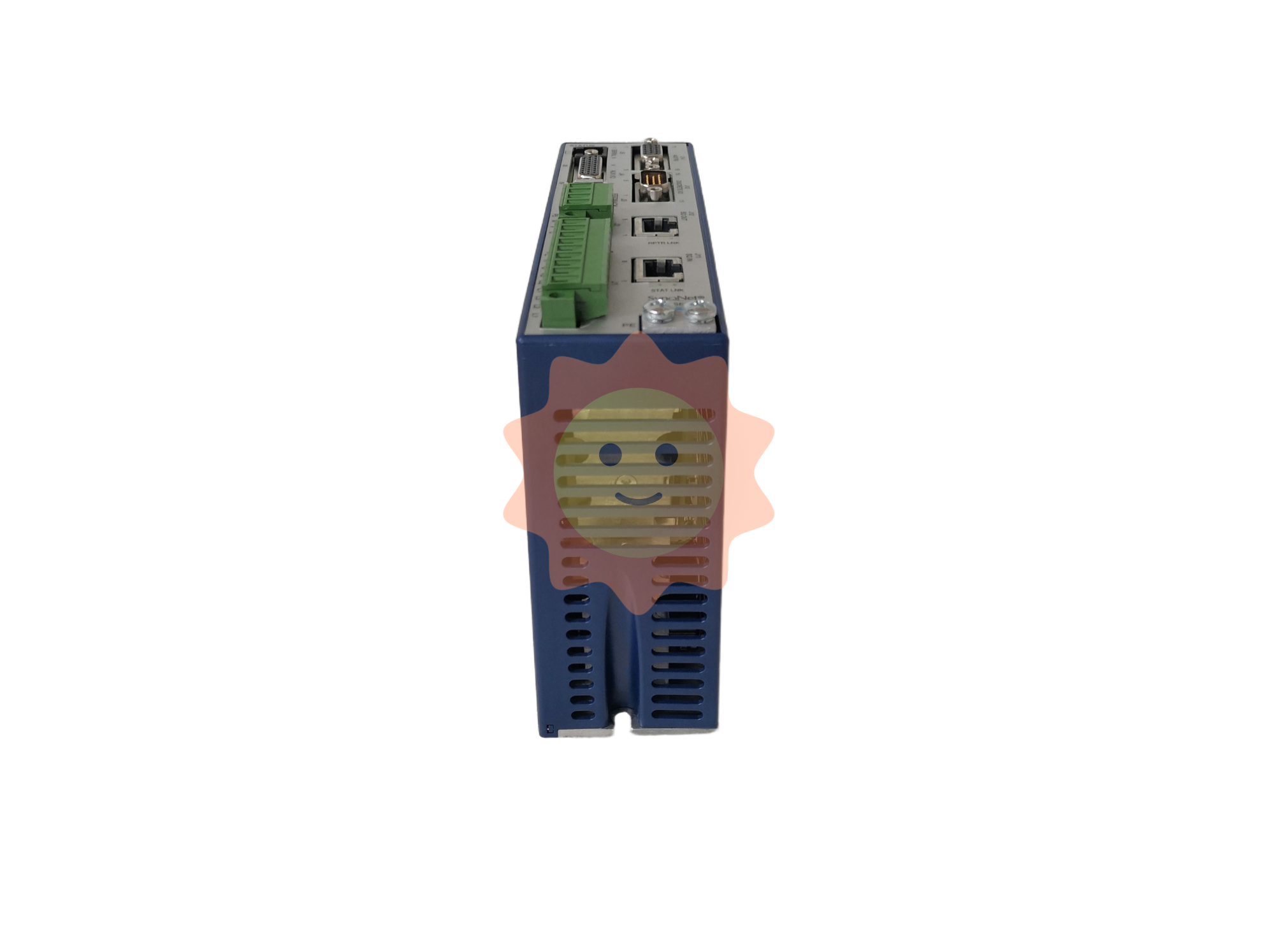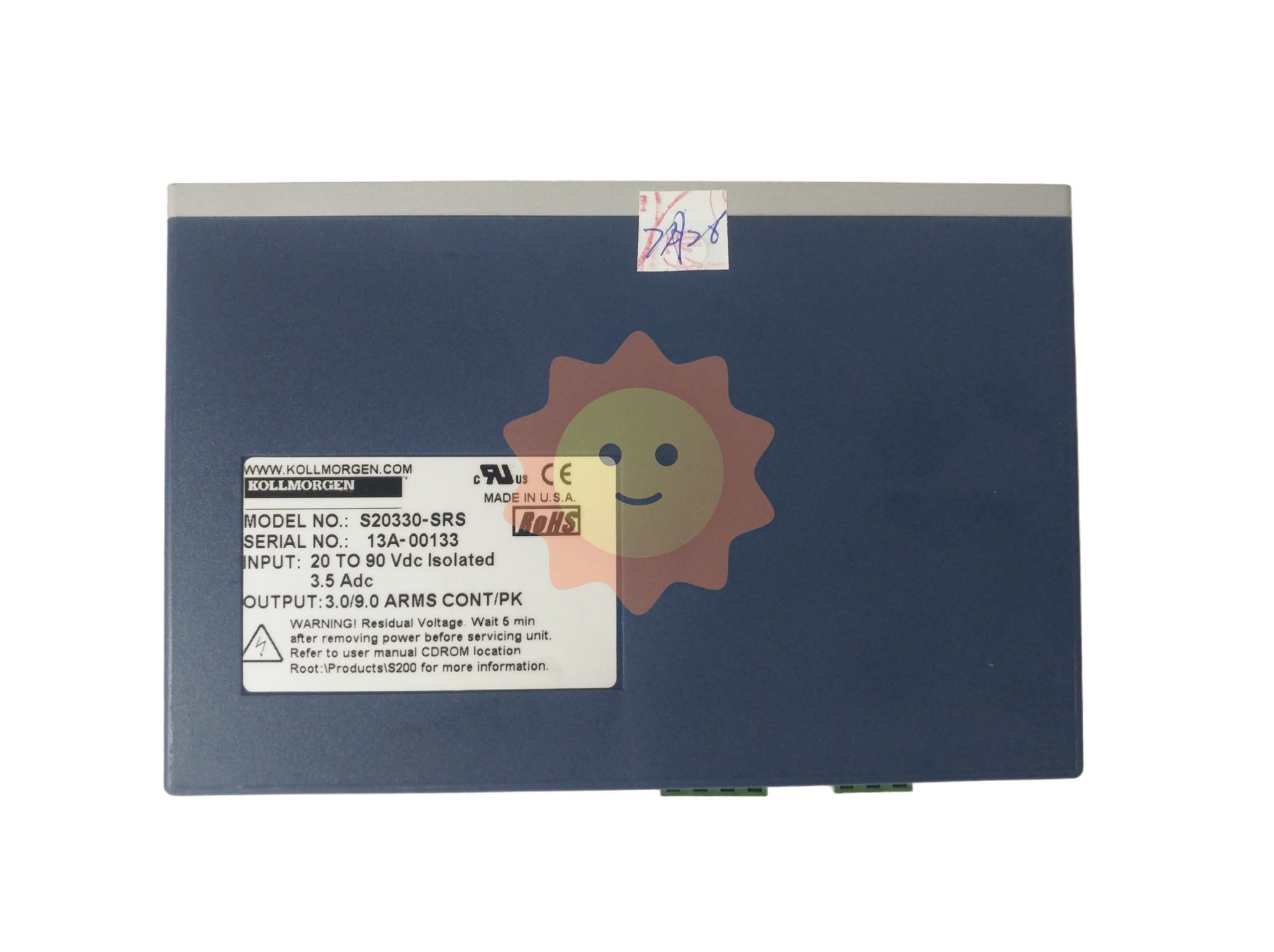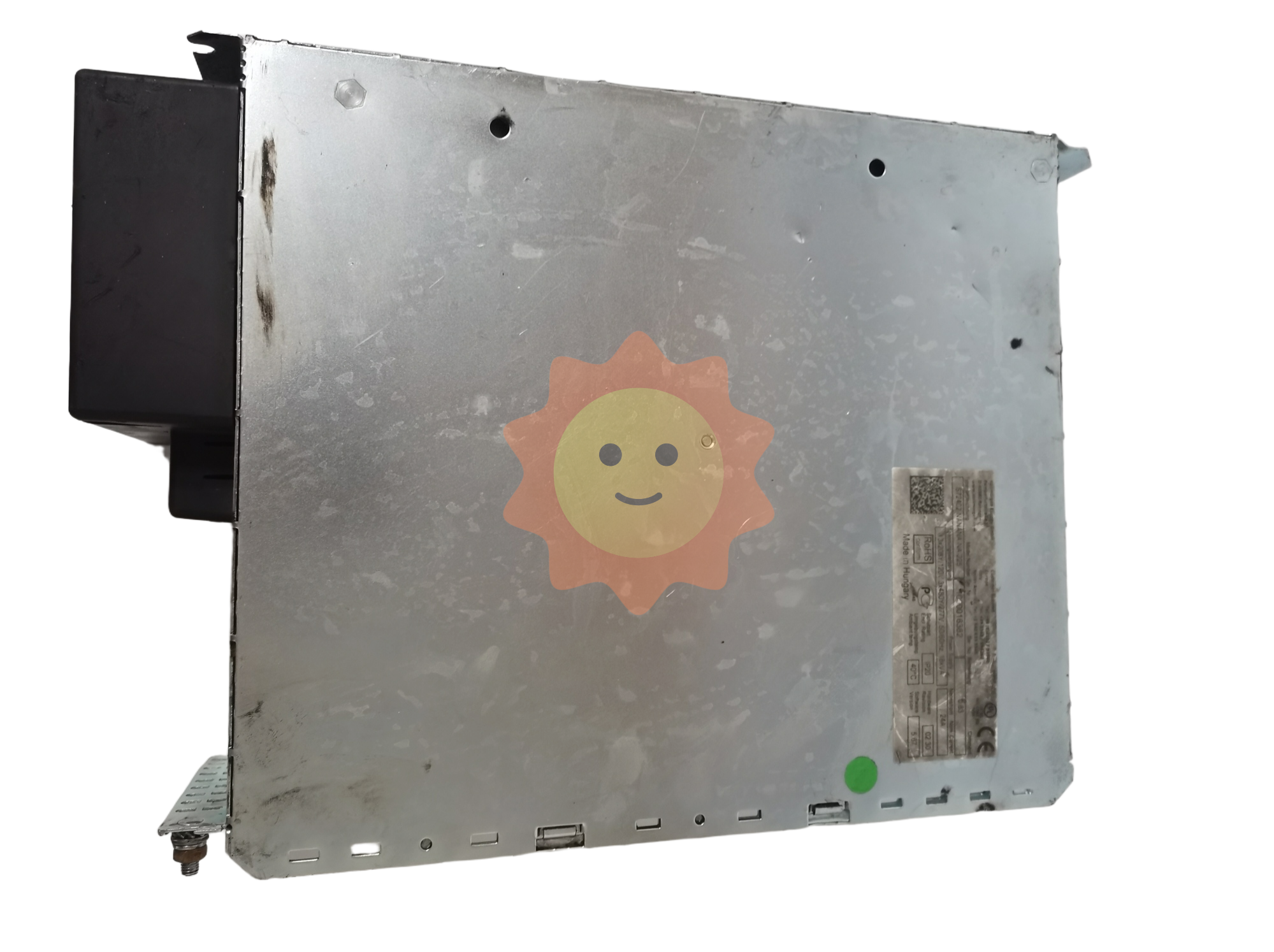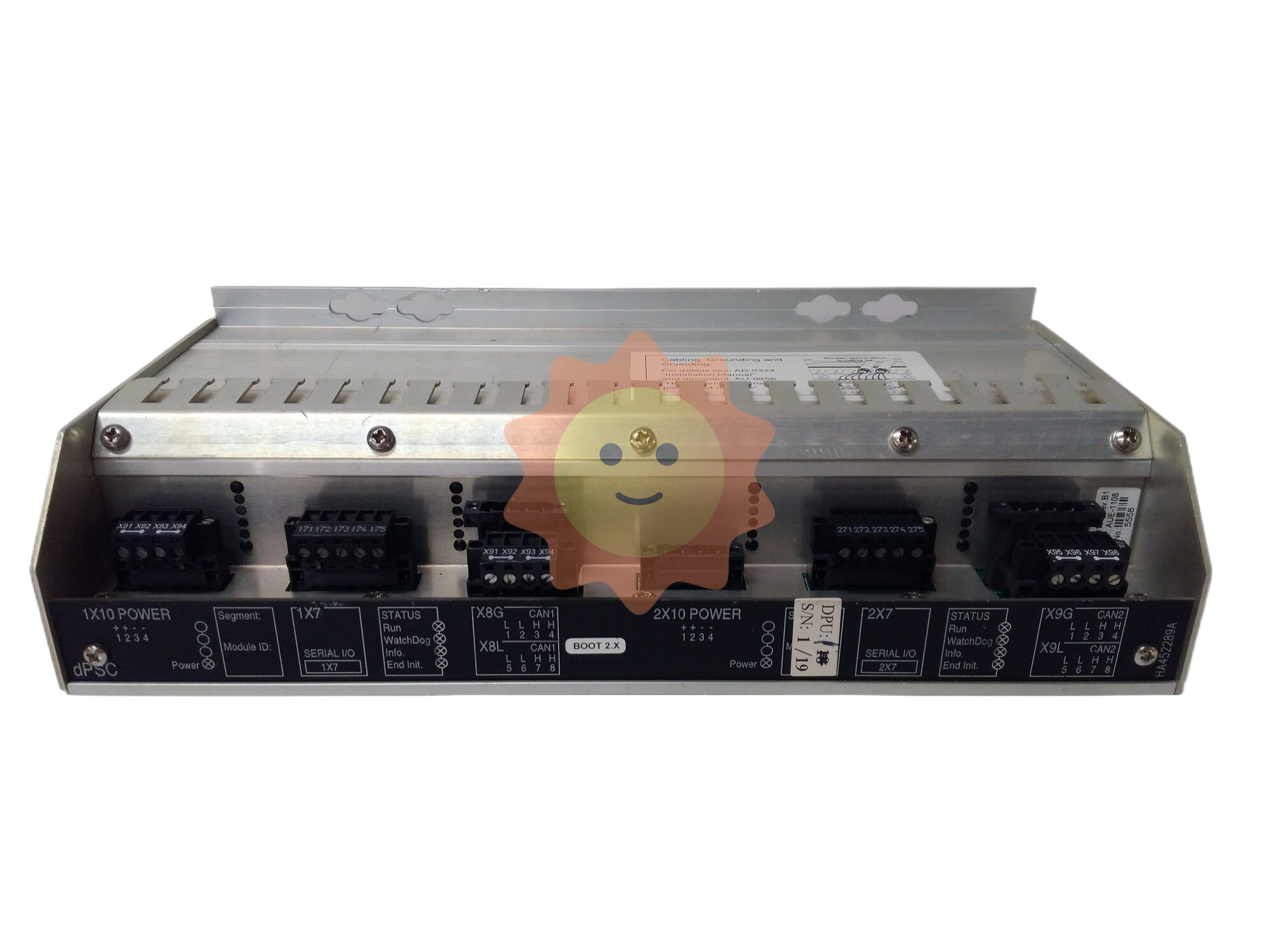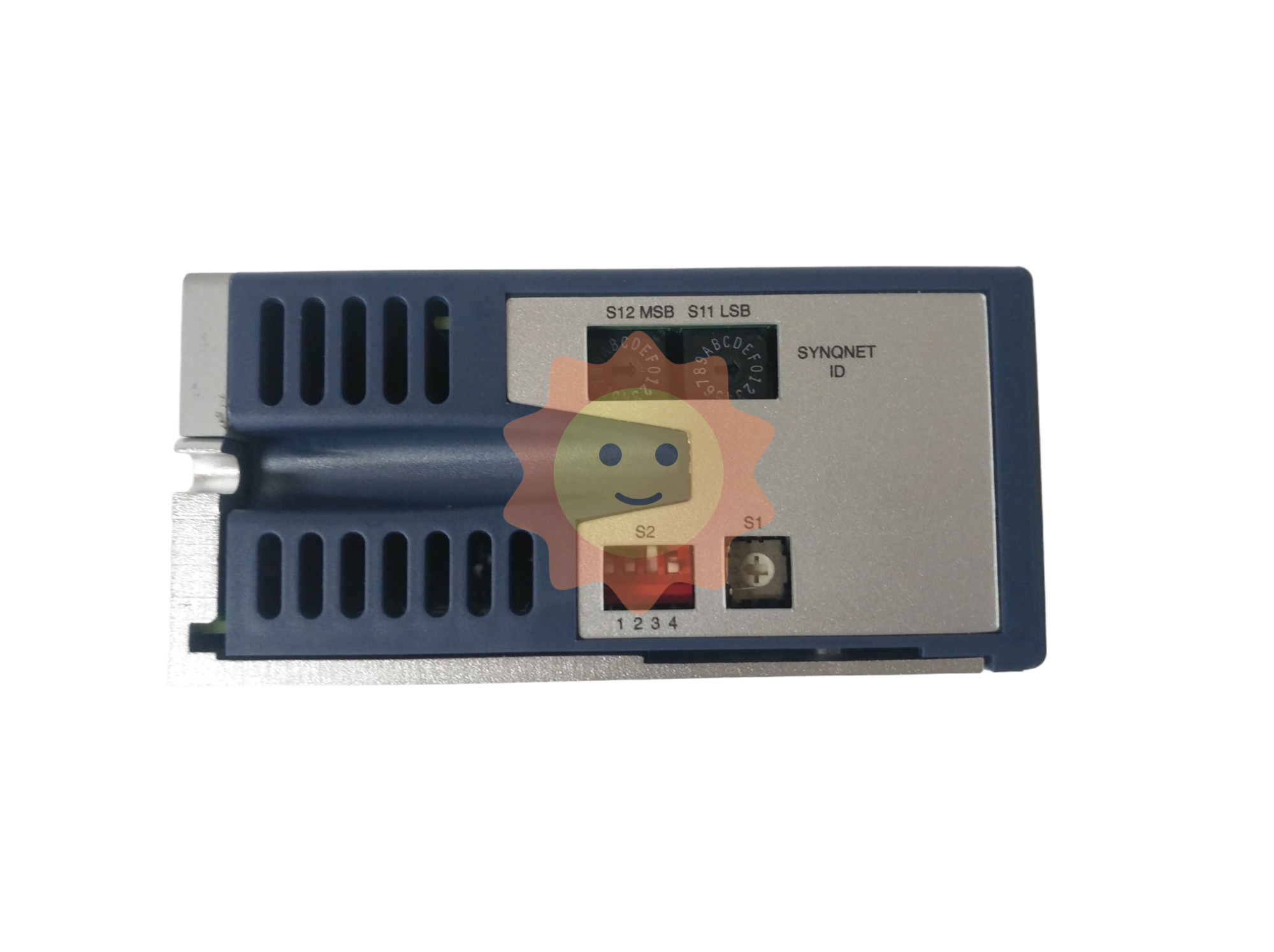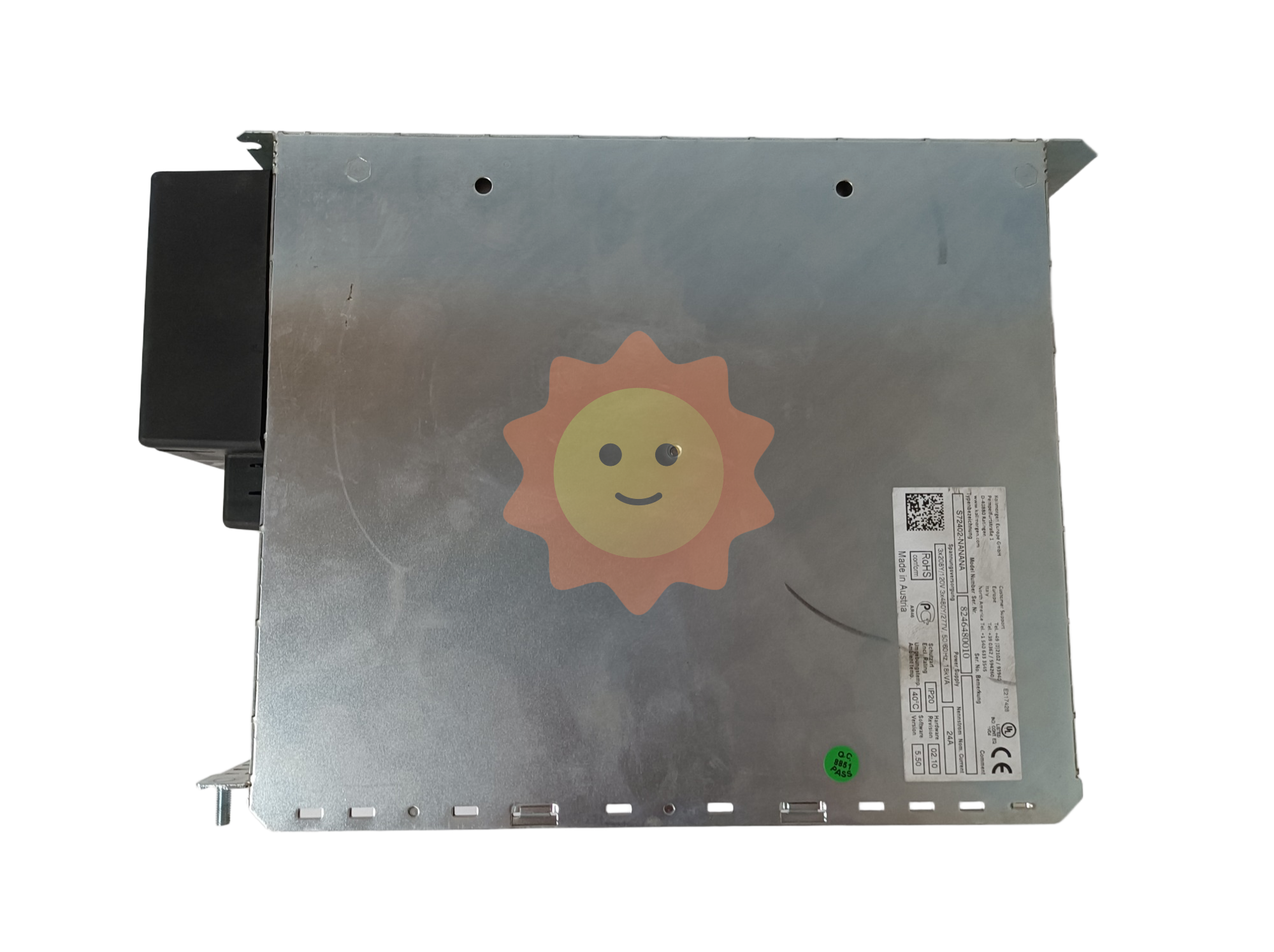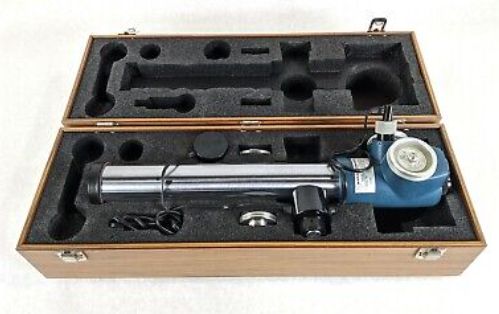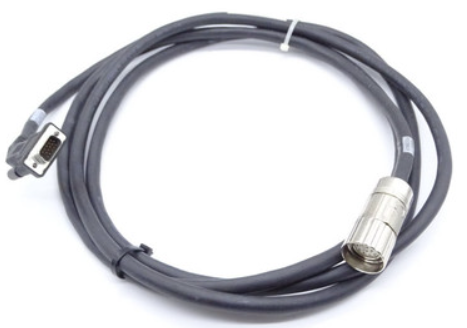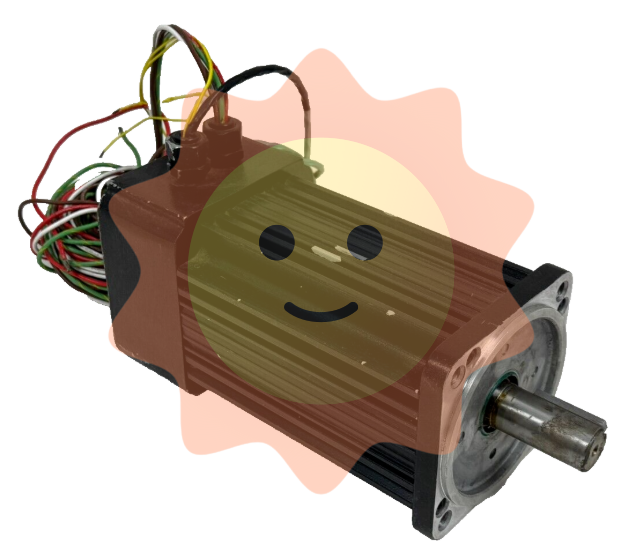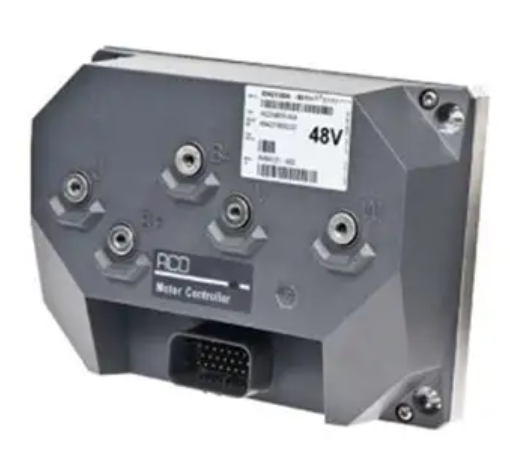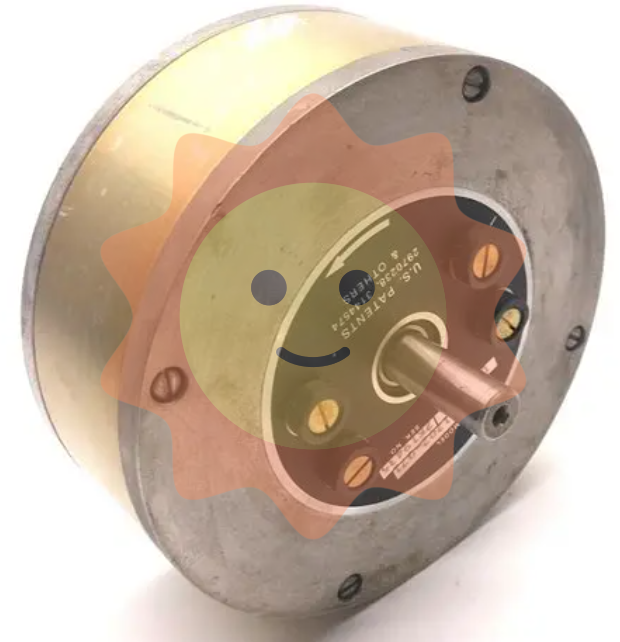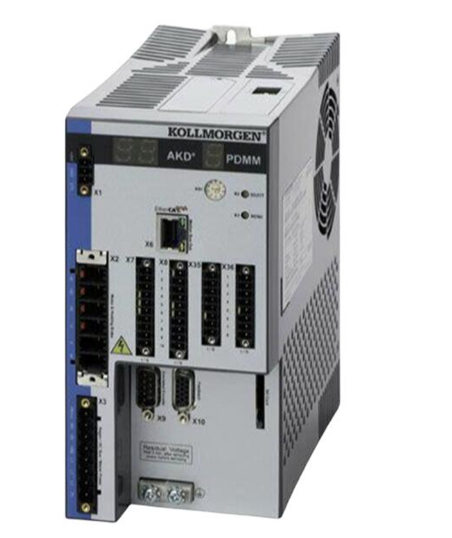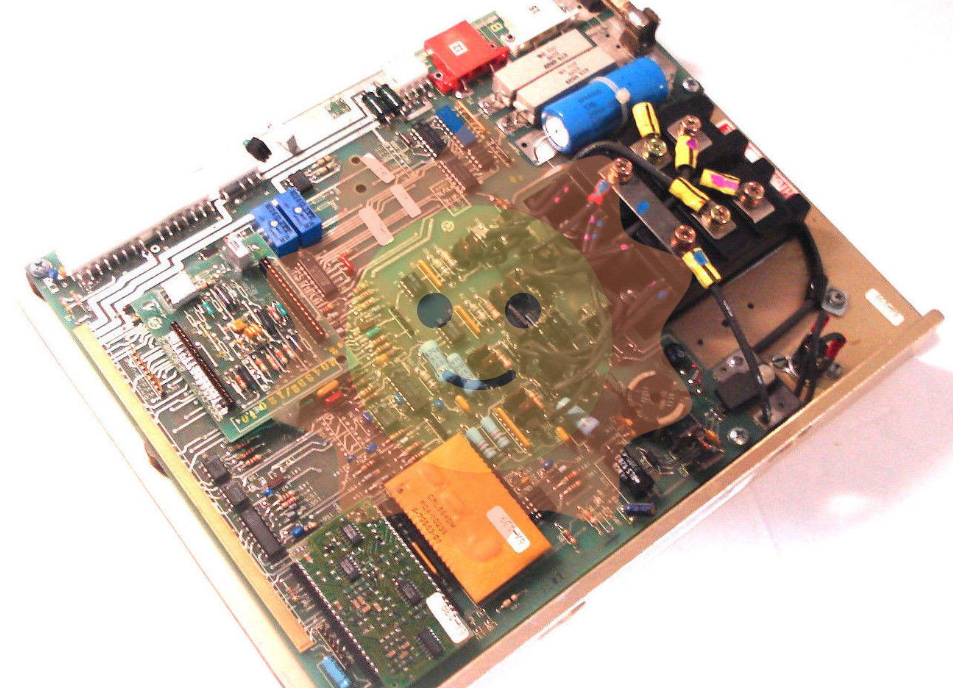Summary of wastewater treatment technology and its advantages and disadvantages
The sum of Ca 2+ and Mg2+ in water is called the total hardness, which can be divided into carbonate hardness and non-carbonate hardness. The carbonate hardness can be reduced by adding lime to precipitate CaC03 and Mg(OH)2 from Ca2+ and Mg2+ in water. If the carbonate hardness needs to be removed at the same time, the lime soda softening method can be used to precipitate llMg(OH)2 from CaC03 formed by Ca2+ and Mg2+. Therefore, when the hardness or alkalinity of raw water is high, chemical precipitation can be used as the pre-treatment of ion exchange softening to save the operating cost of ion exchange.
When removing heavy metal ions in wastewater, the method of adding carbonate is generally adopted. The metal ions generated have a small solubility product of carbonate, which is easy to recover. Such as the use of carbonated acid to treat wastewater containing pounds.
ZnS04 + Na 2C03 1 →ZnC03 ↓+ NazS04
The advantages of this method are simple and economical, wide sources of chemicals, so it is the most widely used in the treatment of heavy metal wastewater. The existing problems are poor labor and health conditions, easy to scale and corrosion of pipelines; Sedimentation volume is large and dehydration is difficult.
(2) Neutralization method
Neutralization treatment is a treatment method that uses the chemical principle of acid-base interaction to generate salt and water, and adjusts the wastewater from acidic or alkaline to near neutral. For the concentration of acid or base is greater than 3% of the wastewater, the acid and base should first be recovered. For low concentration acid and alkali wastewater, neutralization method can be adopted for treatment.
Acid sewage treatment, usually by adding lime, caustic pot, carbonated pot or limestone, marble as cleaning, material to neutralize acid sewage. Alkaline sewage is usually treated by adding nitric acid, hydrochloric acid or using carbon dioxide gas to neutralize alkaline sewage. In addition, acid and alkaline sewage can also be treated by neutralizing each other.

(3) REDOX method
REDOX method is a method to transform toxic and harmful pollutants in sewage into non-toxic or micro-toxic substances through the REDOX reaction between chemical agents and pollutants in water. This method mainly deals with the pollution of inorganic pollutants such as heavy metals and oxides. The harmful substances in wastewater can be oxidized and decomposed into primary harmful substances by using strong oxidants such as high-strength acid, liquid chlorine and ozone or anode reaction of electrodes. The harmful substances in wastewater can be reduced to harmless substances by using reducing agents such as iron powder or cathode reaction of electrodes. The wastewater was treated with ozonation for decolorization, sterilization and deodorization. Treatment of sulfur-containing wastewater by air oxidation; The treatment of wastewater containing jin electroplating by reduction method is an example of wastewater treatment by REDOX method.
Water treatment commonly used oxidants such as oxygen, ozone, chlorine, hypochlorous acid, etc. Commonly used reducing agents are ferrous sulfate, sulfite, iron filings, casting powder and so on.
(4) coagulation method
The coagulation method is to add electrolyte to the wastewater containing fine particles and colloidal particles which are not easy to settle in order to destroy the stability of the limbs and make them settle. Commonly used coagulants are aluminum sulfate, ferrous sulfate, ferric chloride, polyethylene substock or polypropylene cool glue. In order to accelerate coagulation, it is often accompanied by adding coagulant lime, active silica gel, bone glue, etc.
3, physical and chemical treatment
- EMERSON
- Honeywell
- CTI
- Rolls-Royce
- General Electric
- Woodward
- Yaskawa
- xYCOM
- Motorola
- Siemens
- Rockwell
- ABB
- B&R
- HIMA
- Construction site
- electricity
- Automobile market
- PLC
- DCS
- Motor drivers
- VSD
- Implications
- cement
- CO2
- CEM
- methane
- Artificial intelligence
- Titanic
- Solar energy
- Hydrogen fuel cell
- Hydrogen and fuel cells
- Hydrogen and oxygen fuel cells
- tyre
- Chemical fiber
- dynamo
- corpuscle
- Pulp and paper
- printing
- fossil
- FANUC
- Food and beverage
- Life science
- Sewage treatment
- Personal care
- electricity
- boats
- infrastructure
- Automobile industry
- metallurgy
- Nuclear power generation
- Geothermal power generation
- Water and wastewater
- Infrastructure construction
- Mine hazard
- steel
- papermaking
- Natural gas industry
- Infrastructure construction
- Power and energy
- Rubber and plastic
- Renewable energy
- pharmacy
- mining
- Plastic industry
- Schneider
- Kongsberg
- NI
- Wind energy
- International petroleum
- International new energy network
- gas
- WATLOW
- ProSoft
- SEW
- wind
- ADVANCED
- Reliance
- YOKOGAWA
- TRICONEX
- FOXBORO
- METSO
- MAN
- Advantest
- ADVANCED
- ALSTOM
- Control Wave
- AB
- AMAT
- STUDER
- KONGSBERG
- MOTOROLA
- DANAHER MOTION
- Bently
- Galil
- EATON
- MOLEX
- Triconex
- DEIF
- B&W
- ZYGO
- Aerotech
- DANFOSS
- KOLLMORGEN
- Beijer
- Endress+Hauser
- MOOG
- KB


Email:wang@kongjiangauto.com


